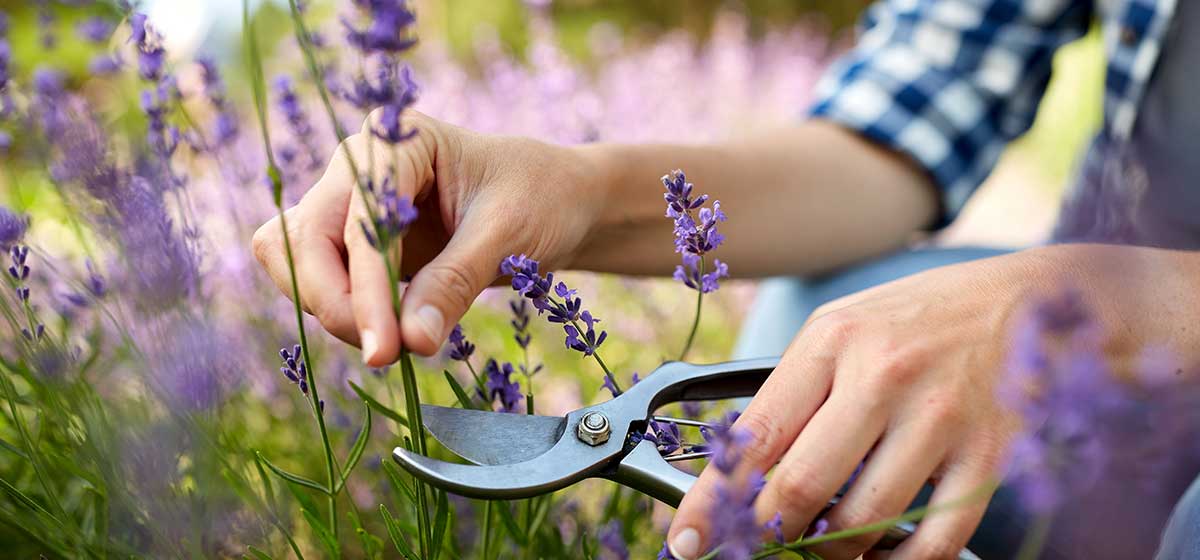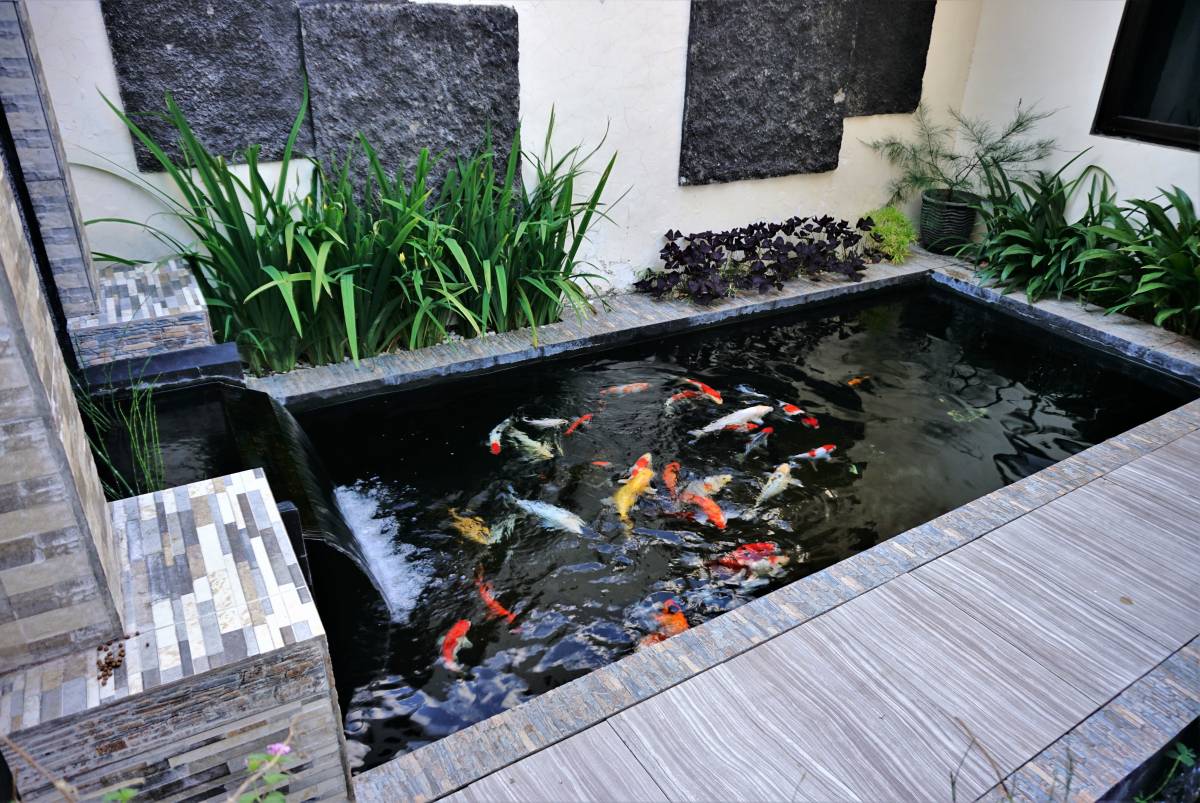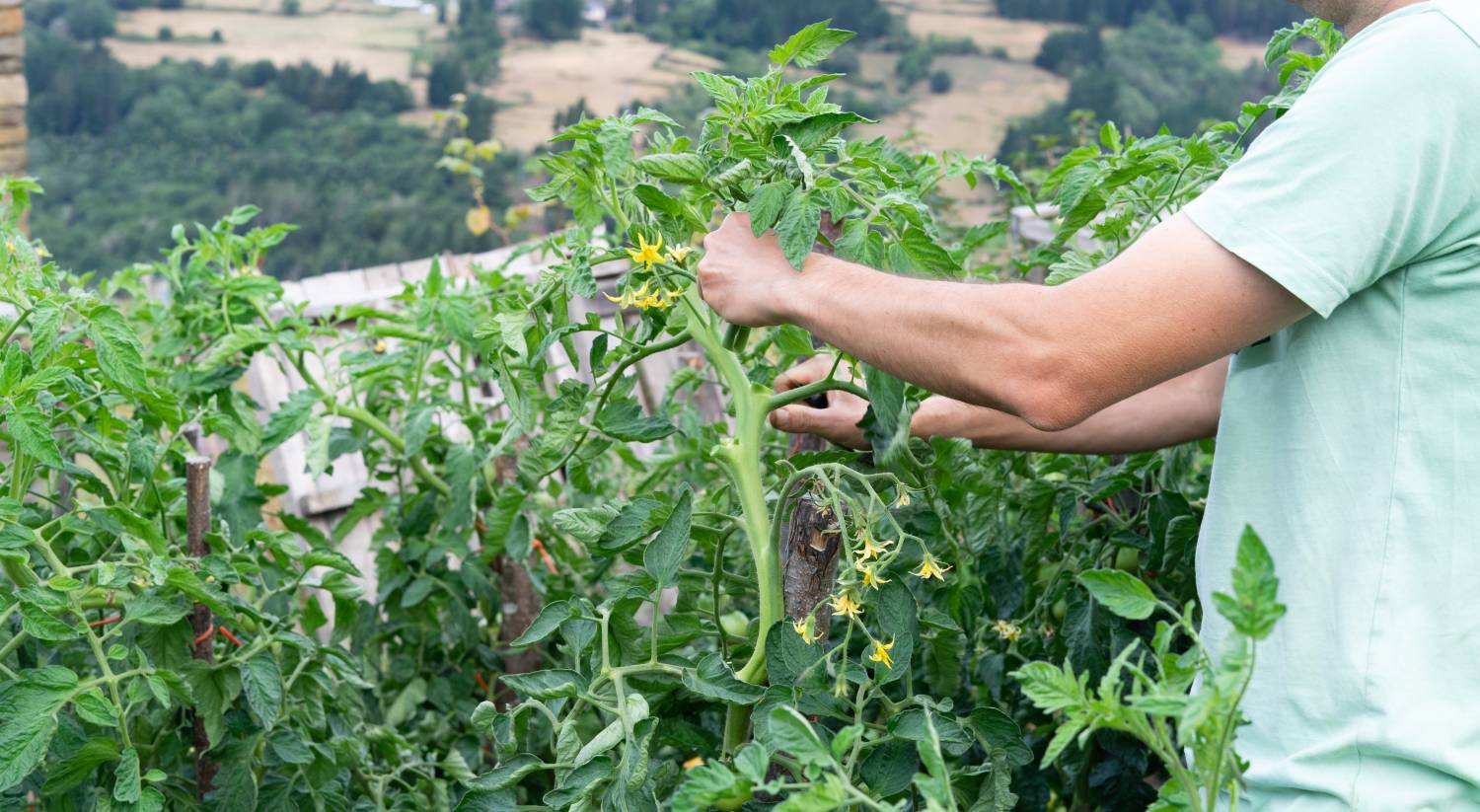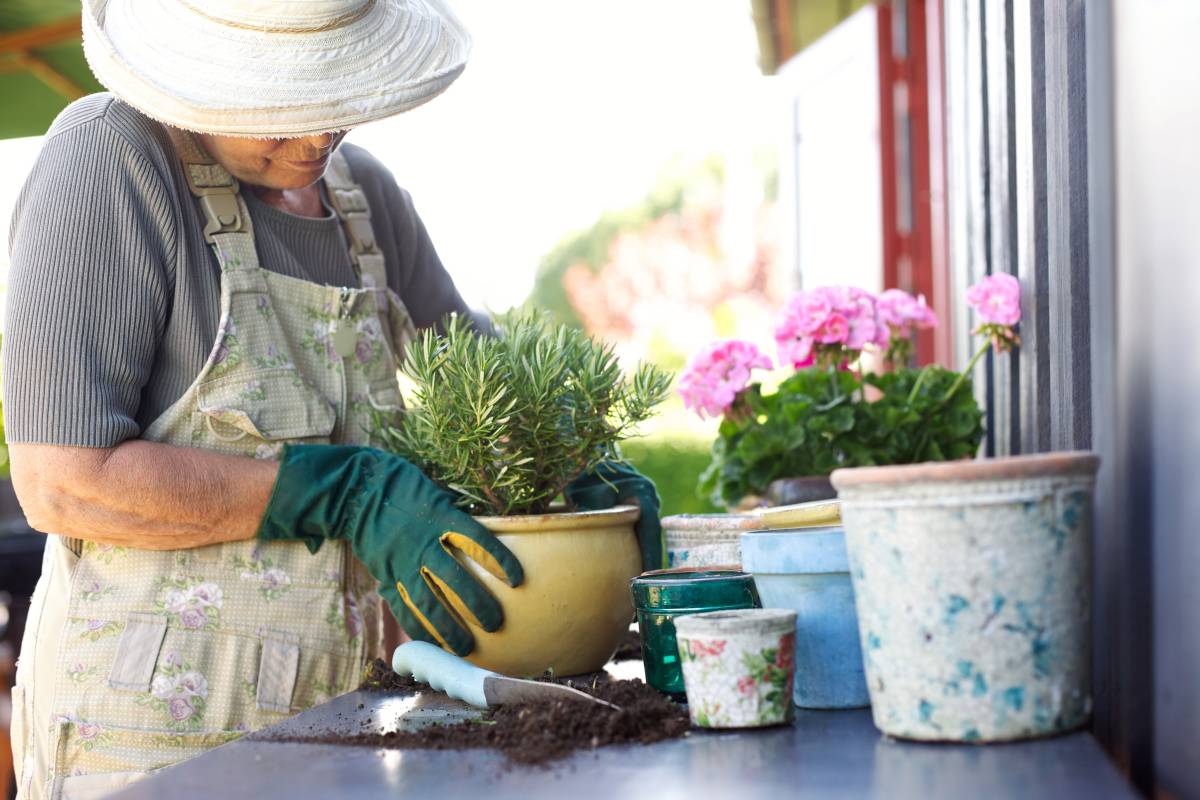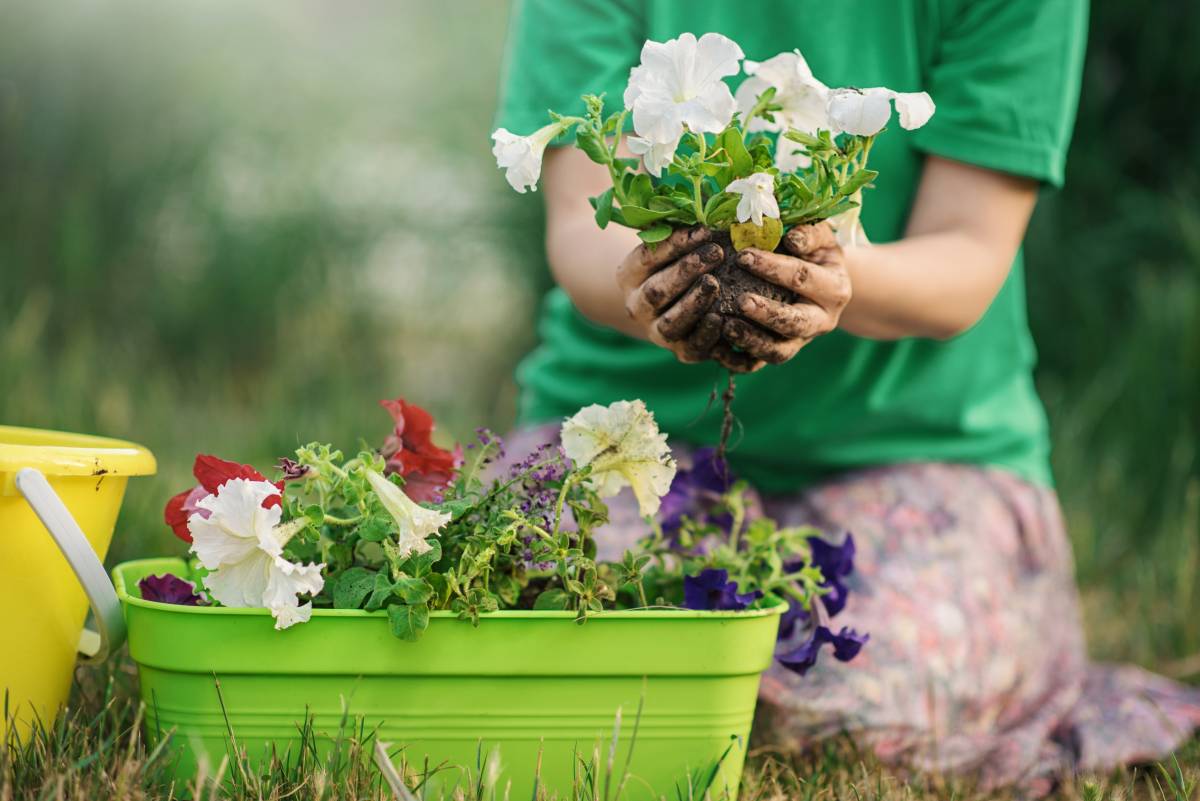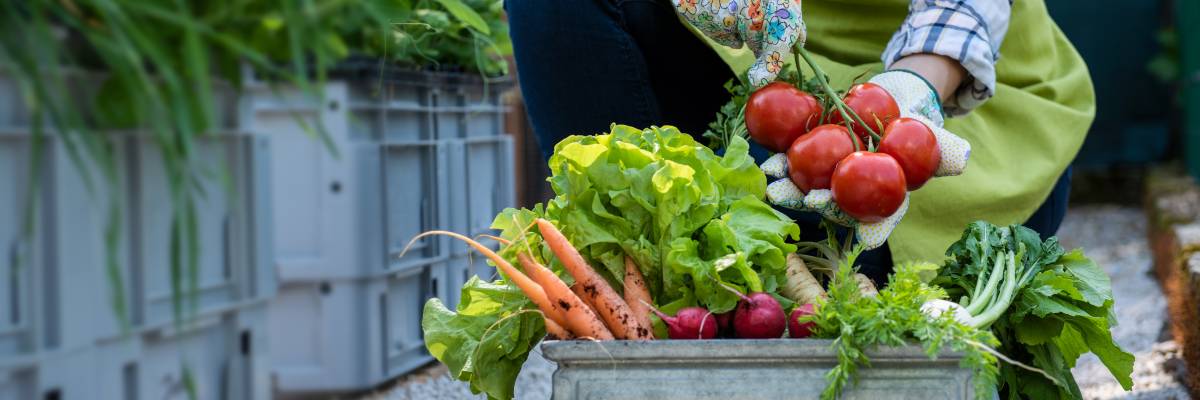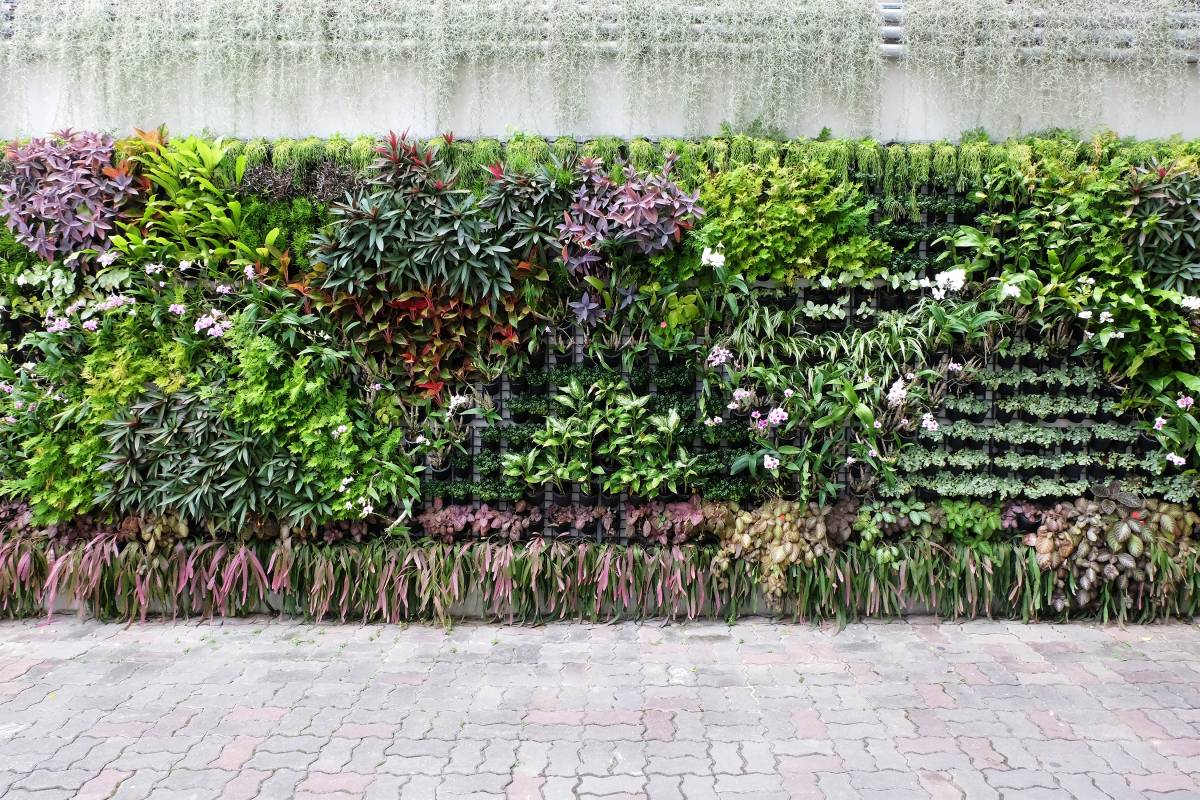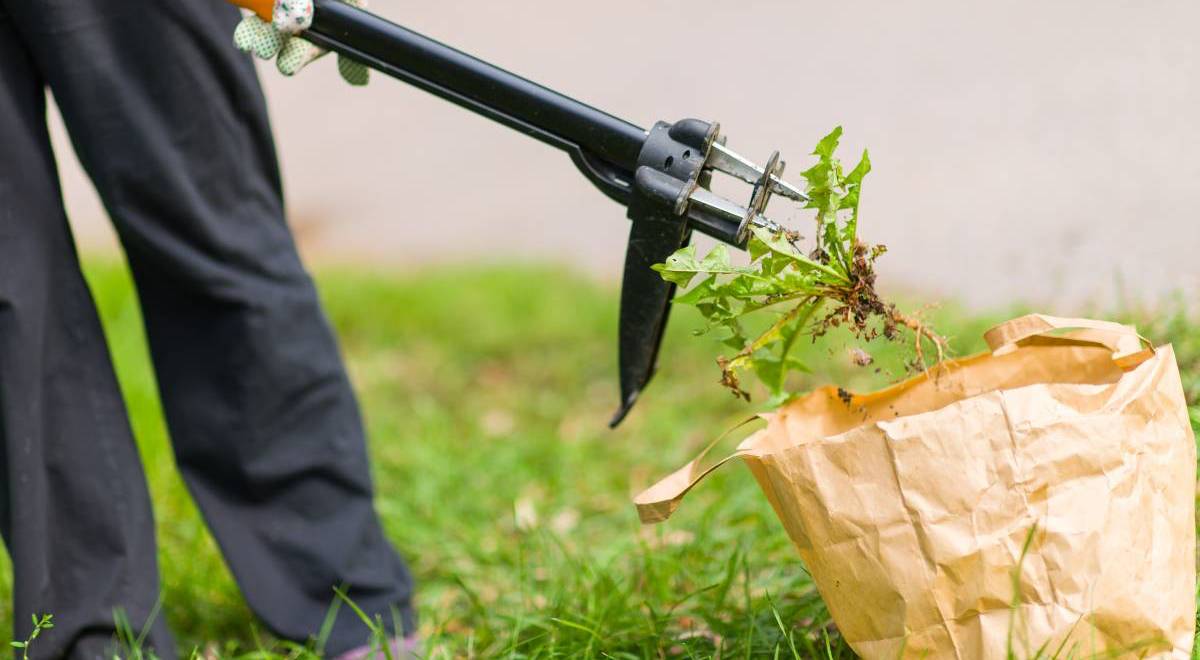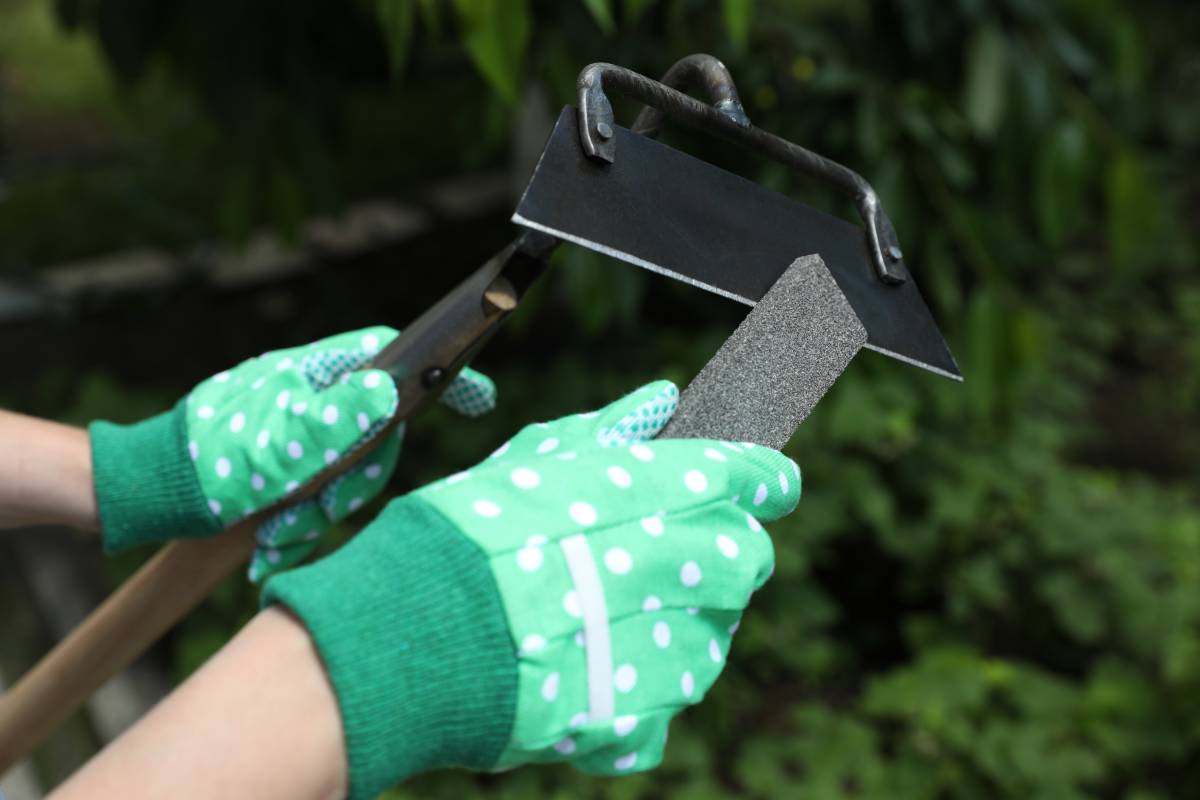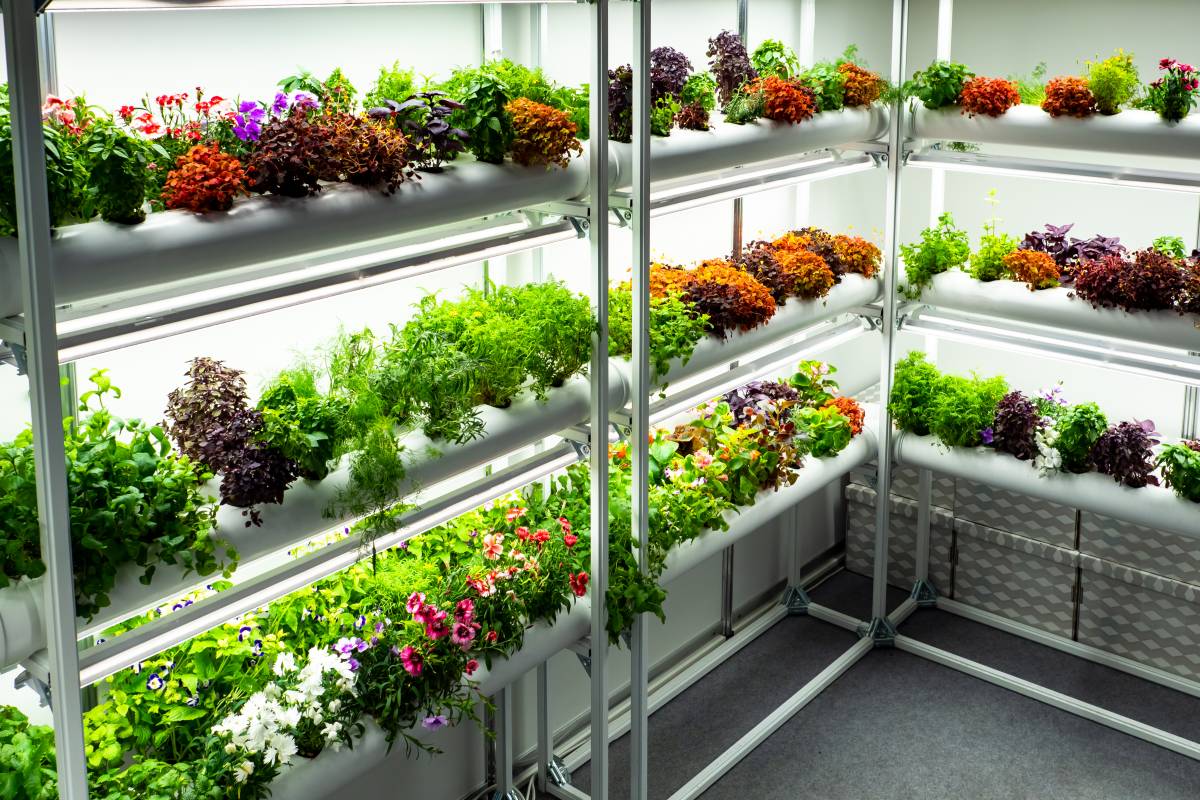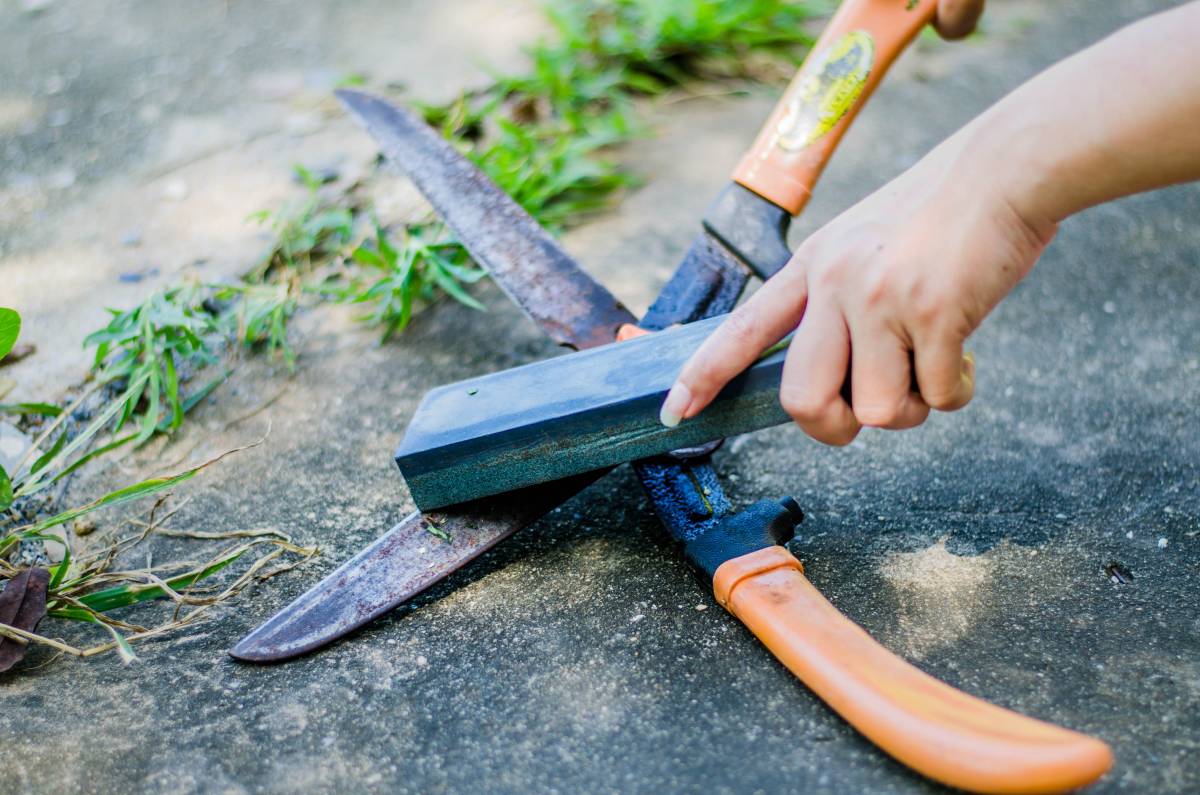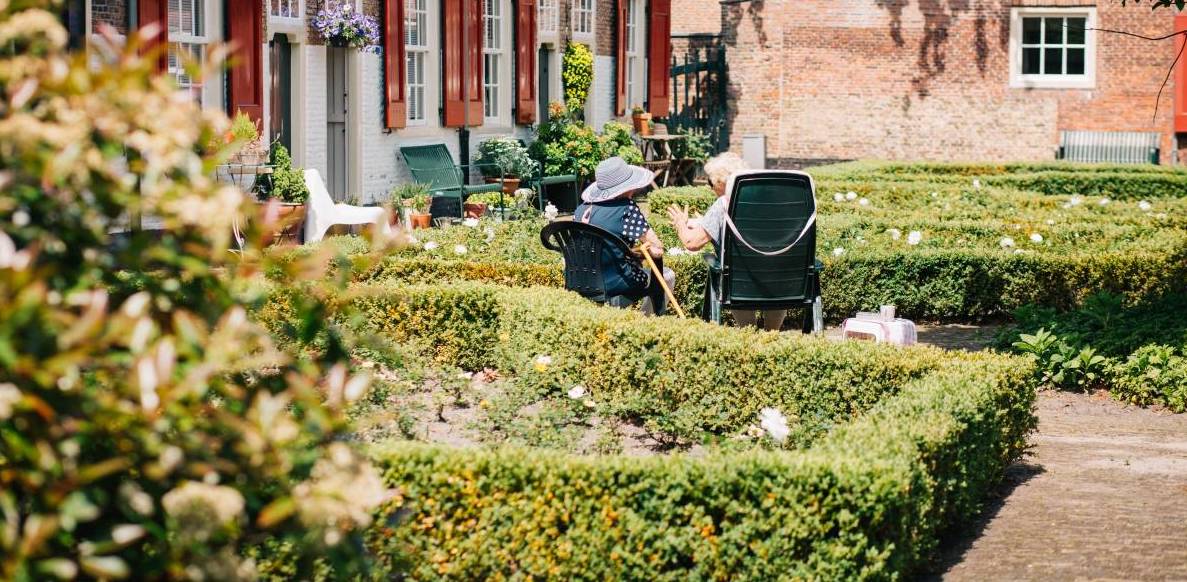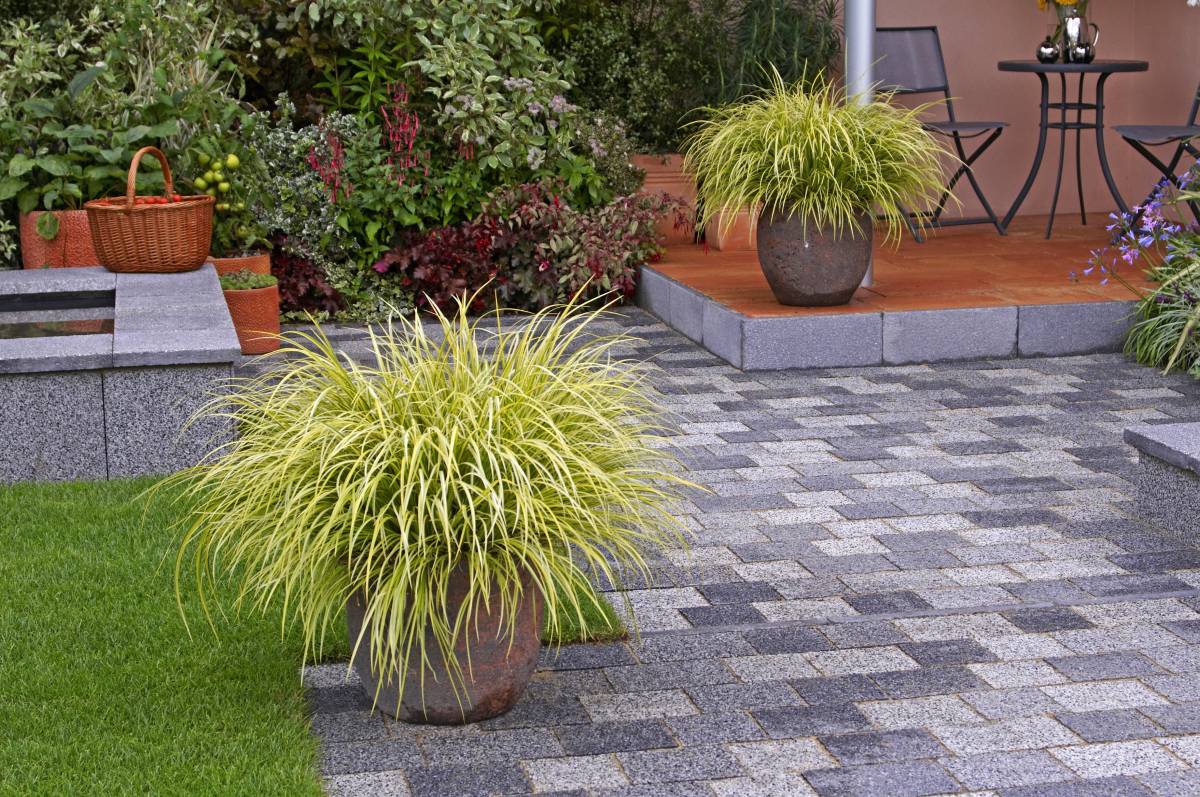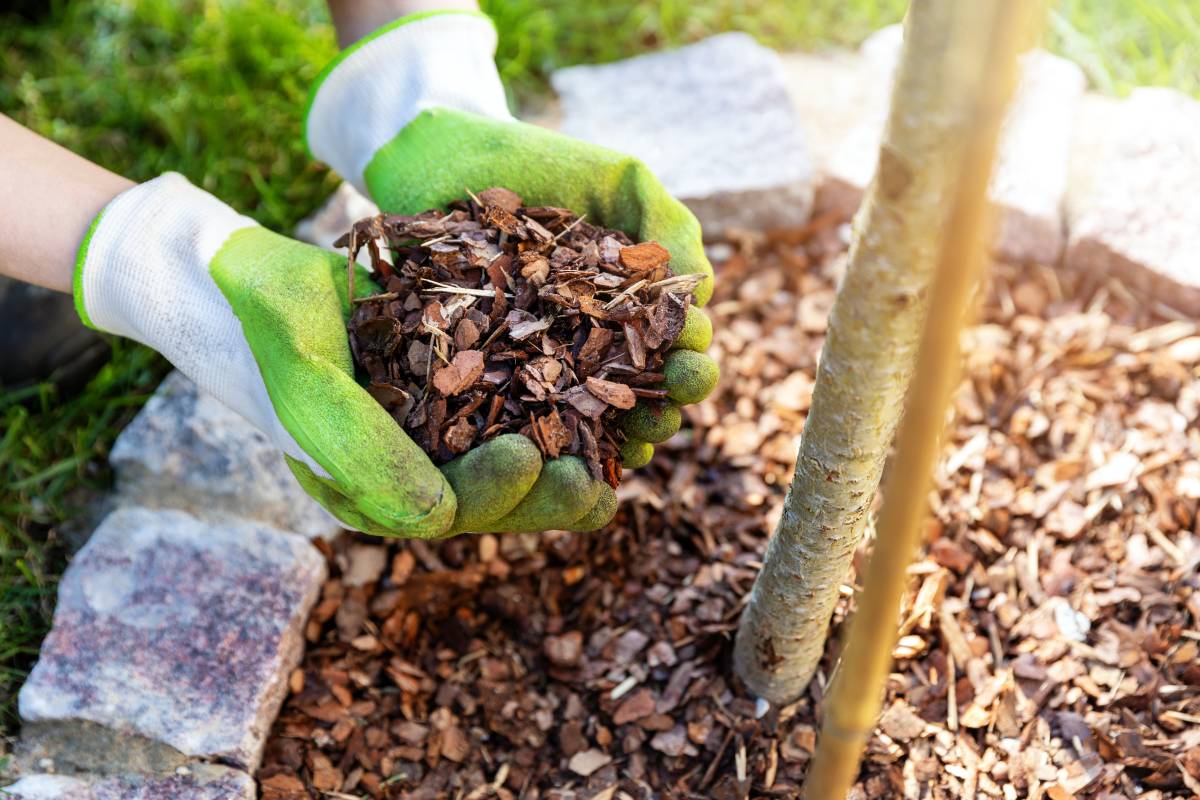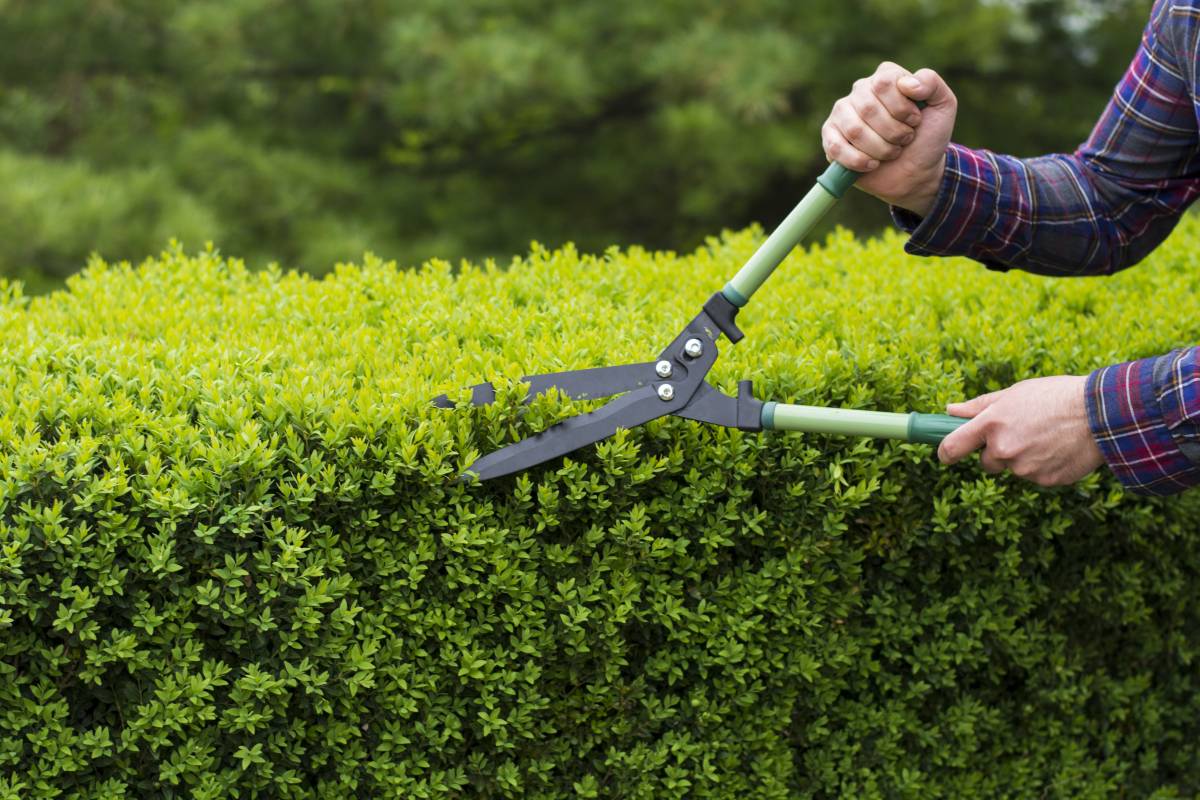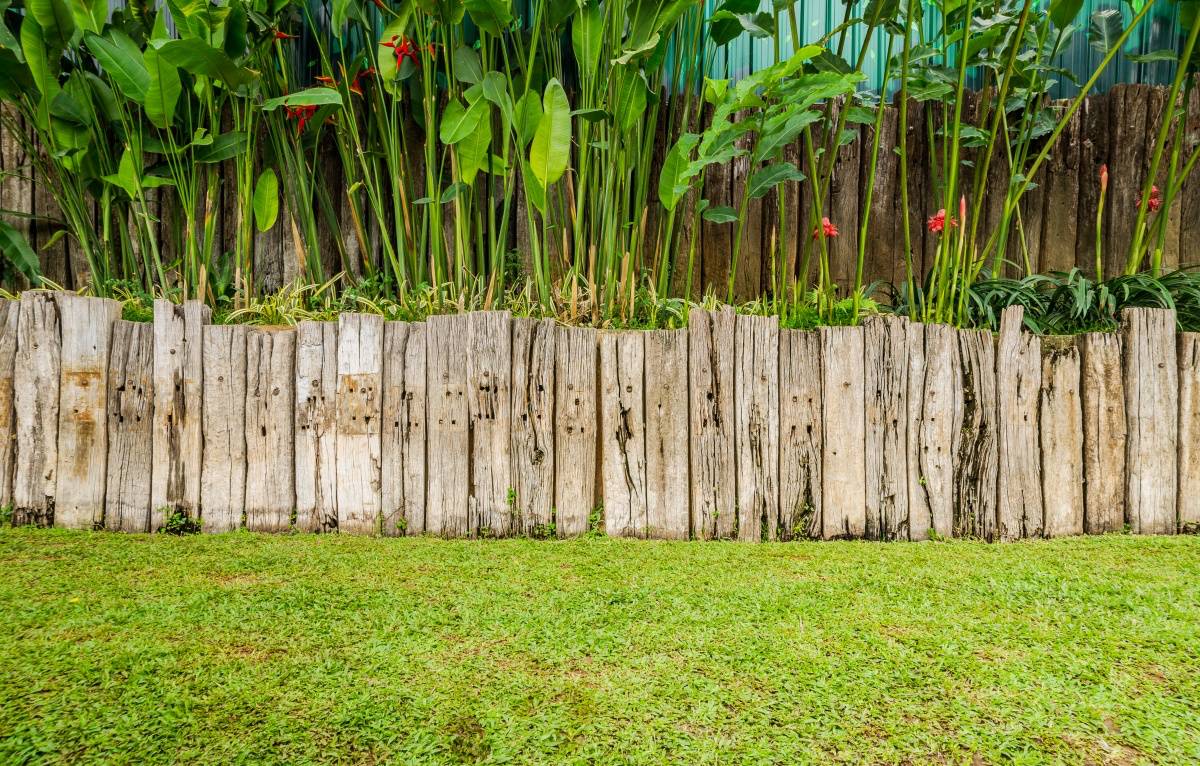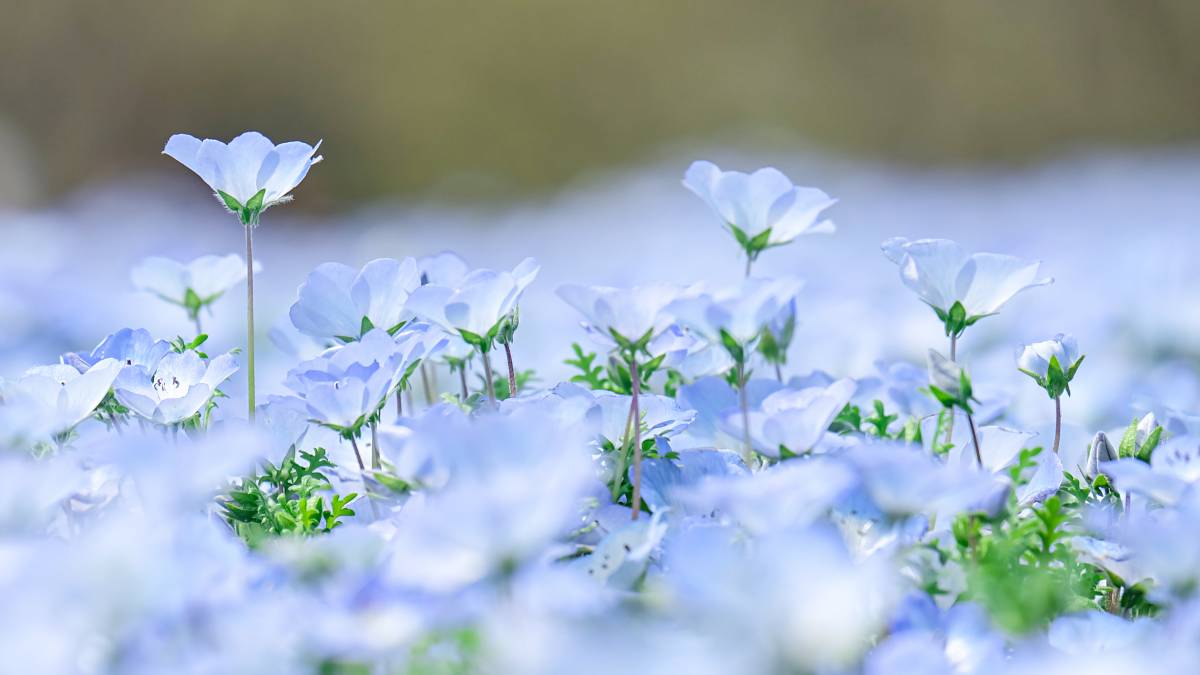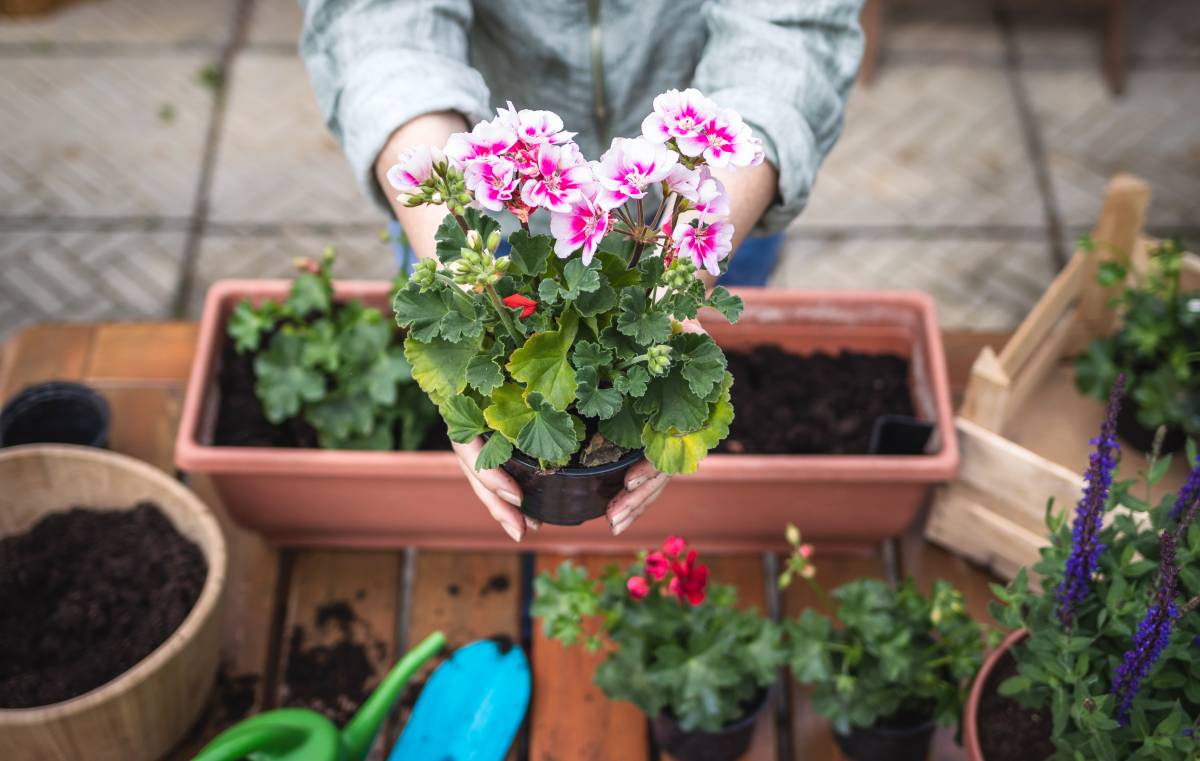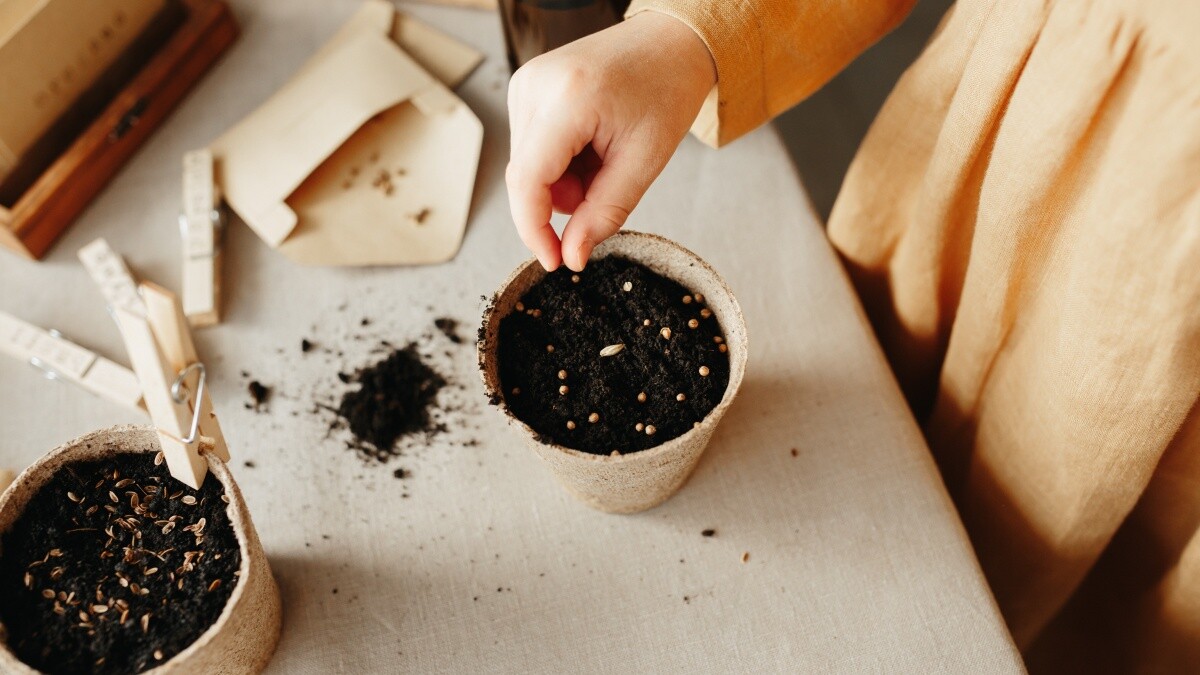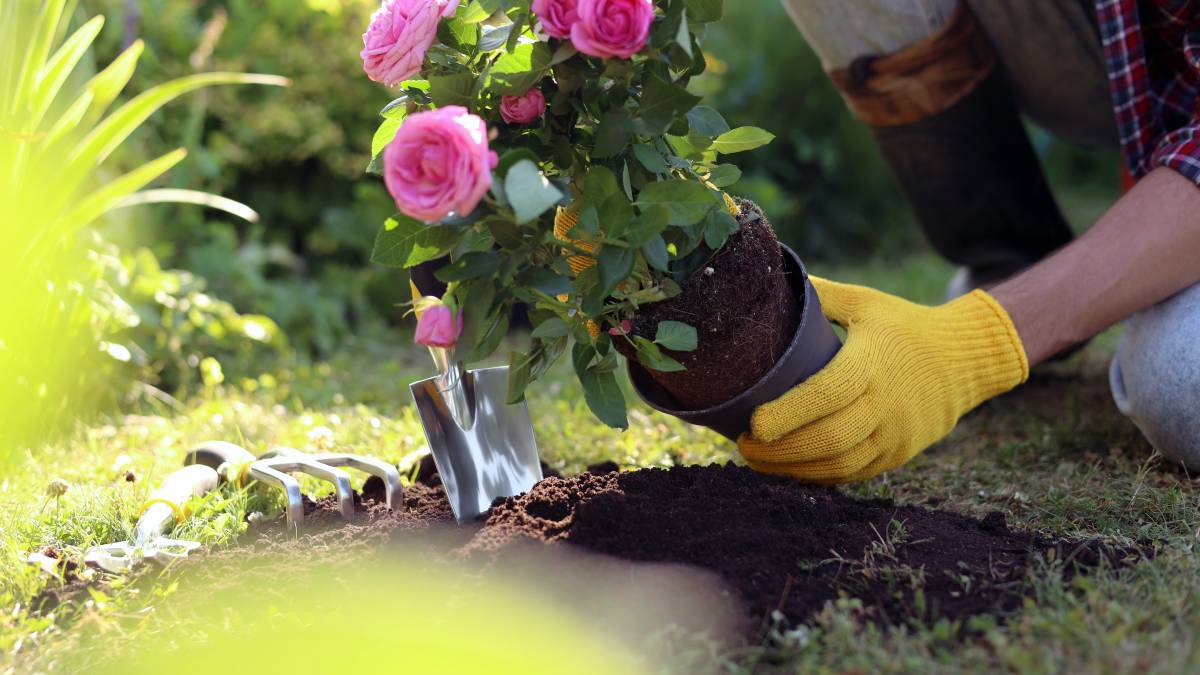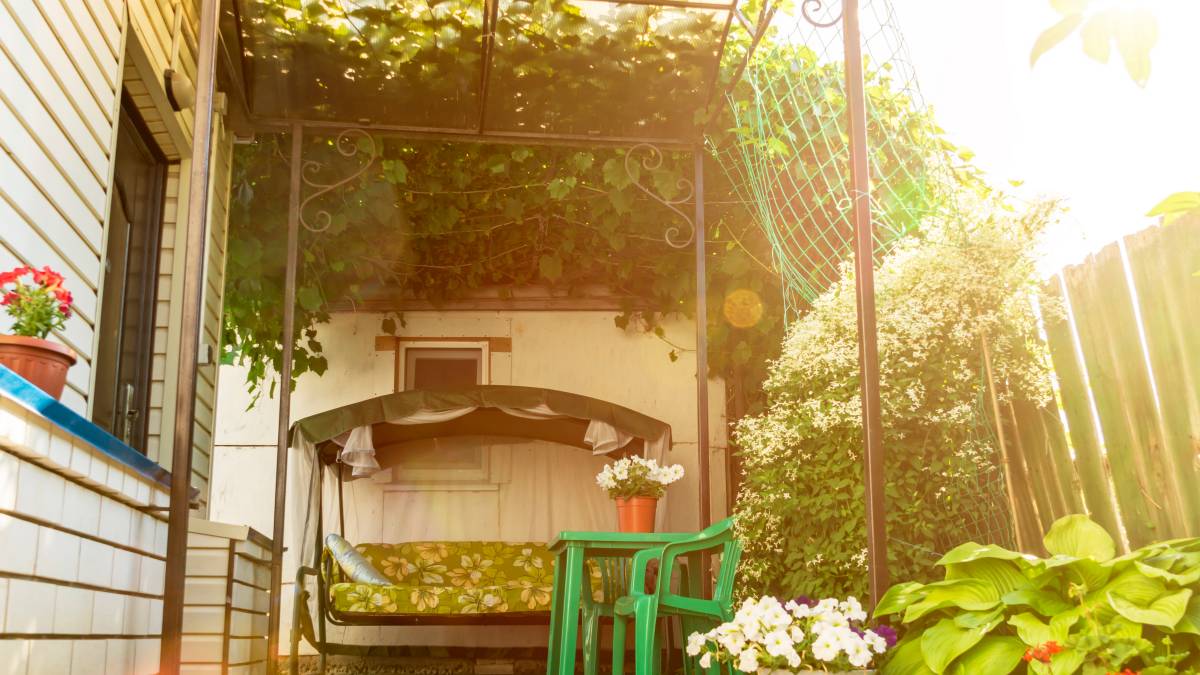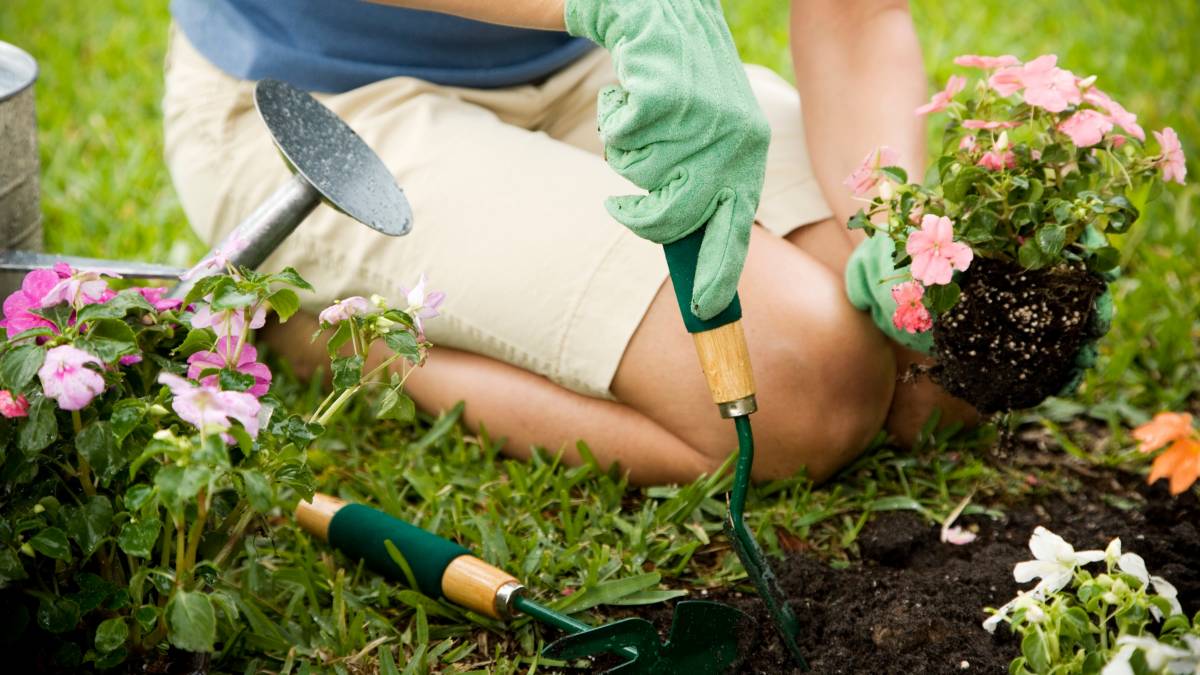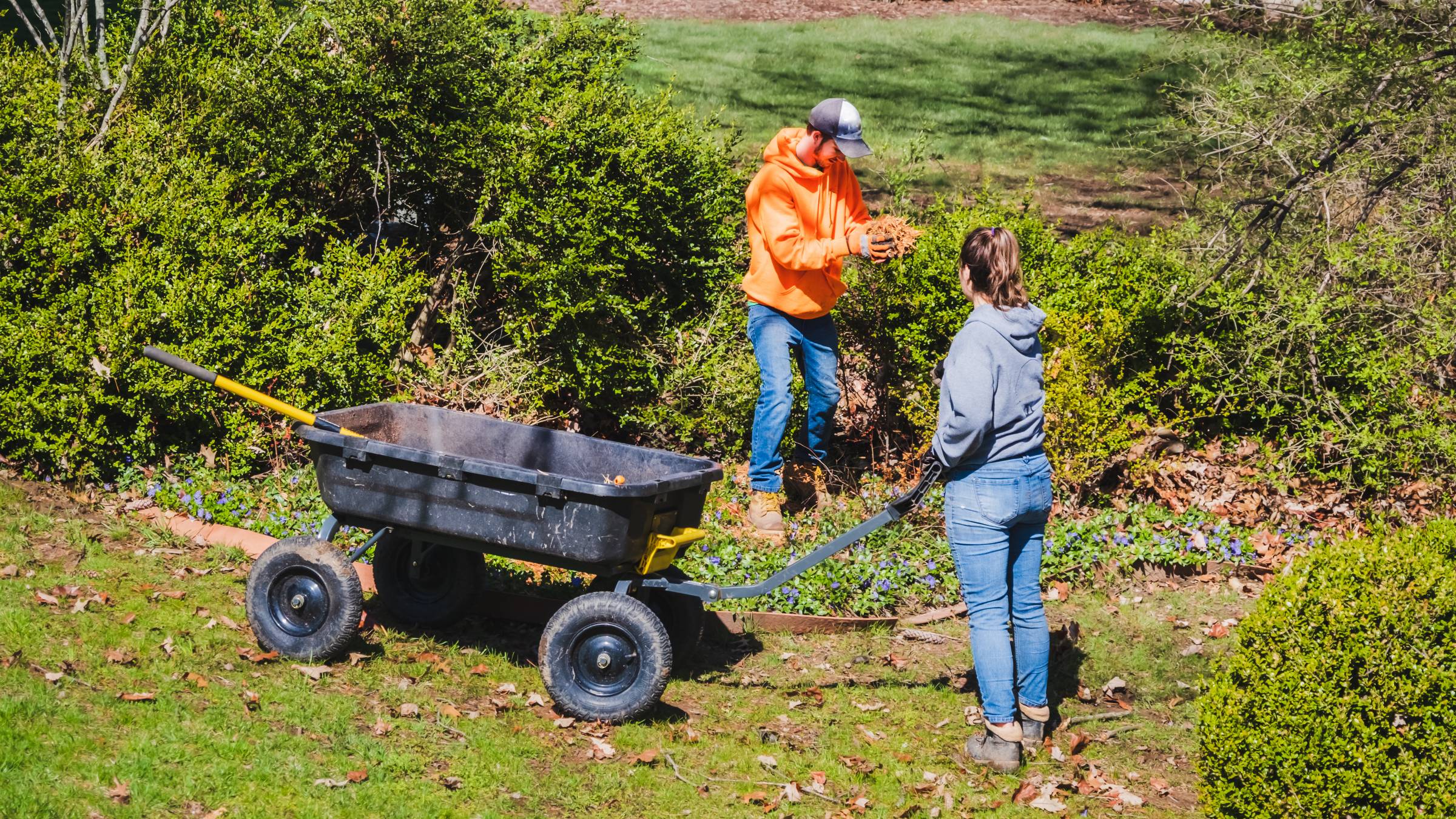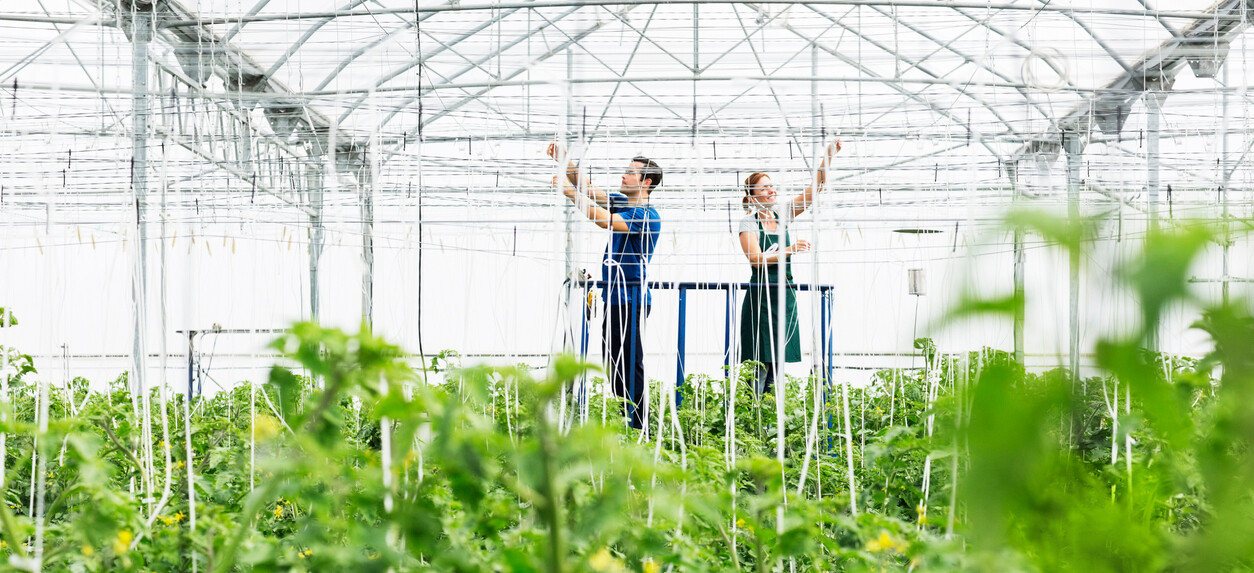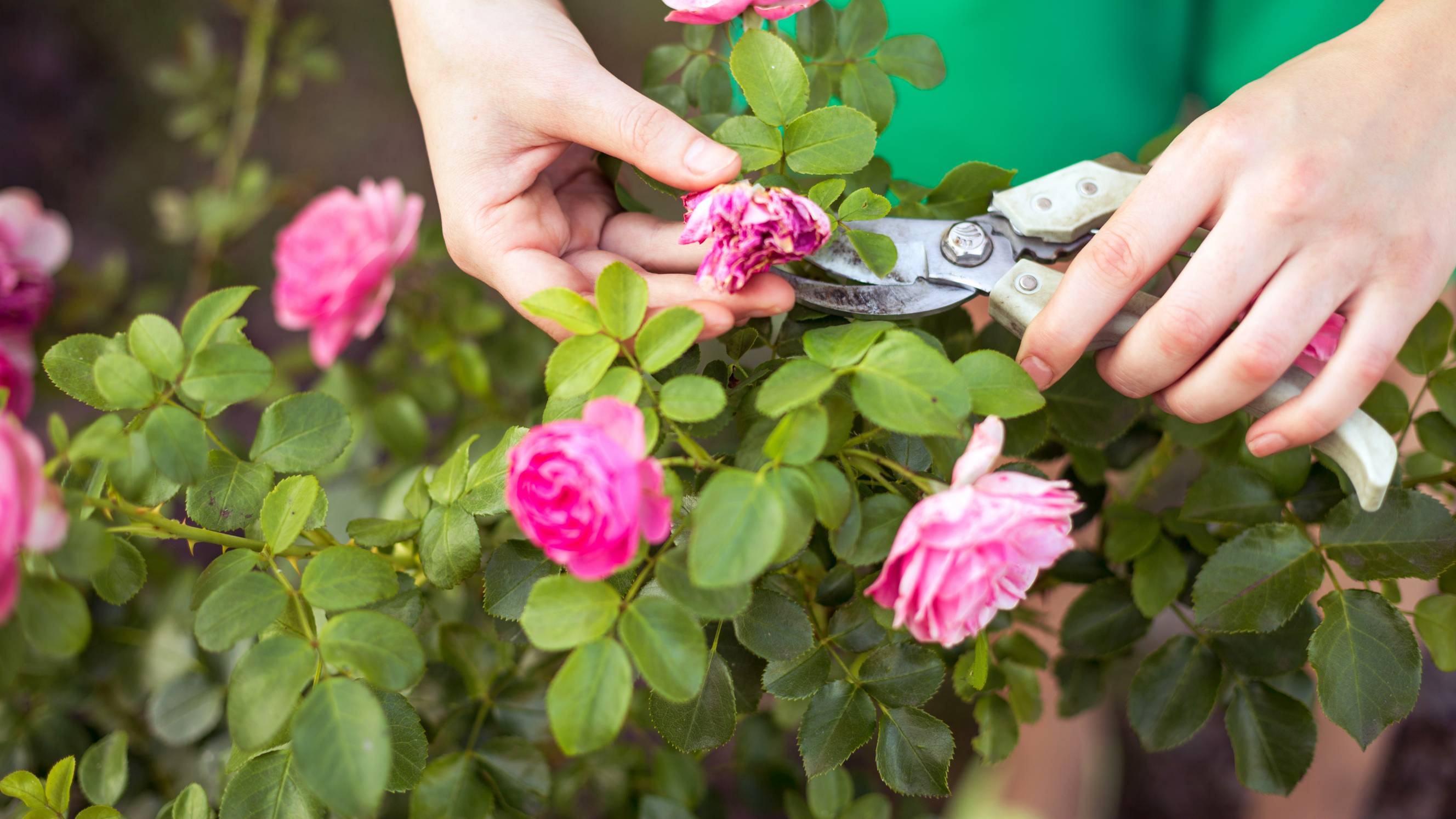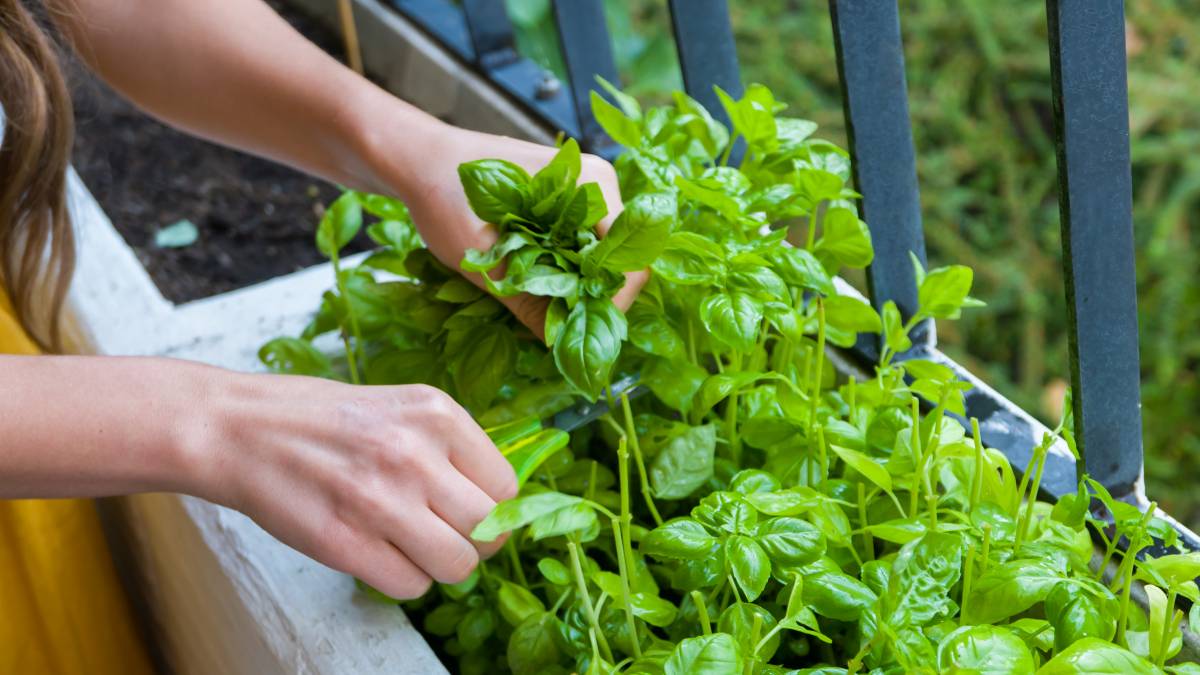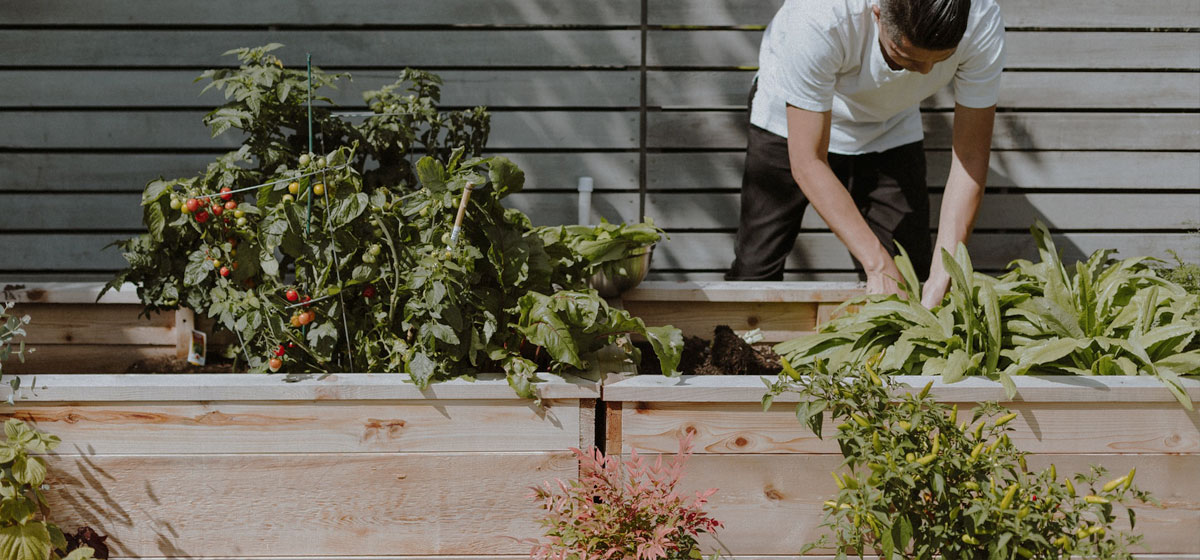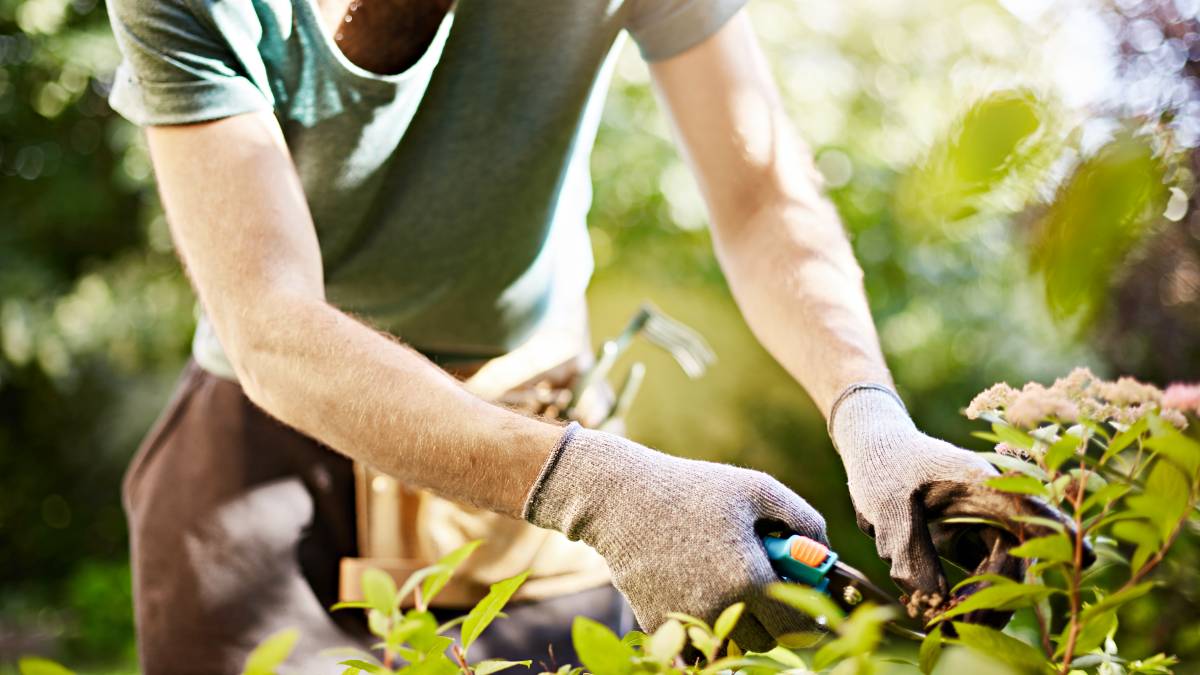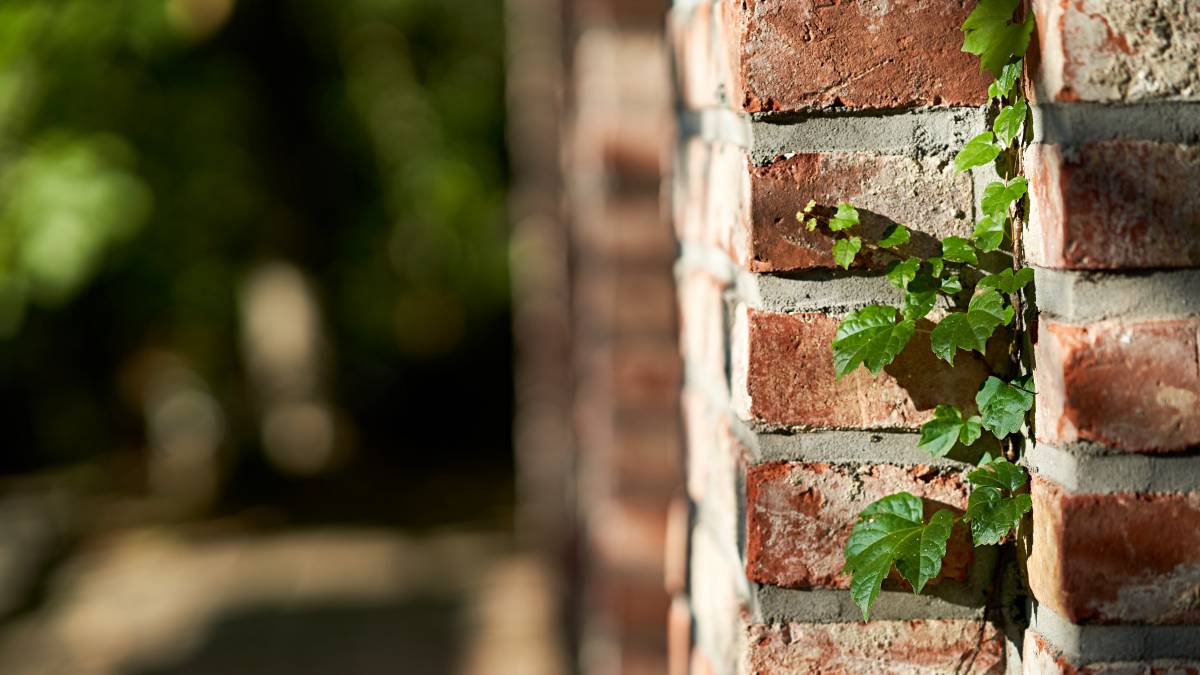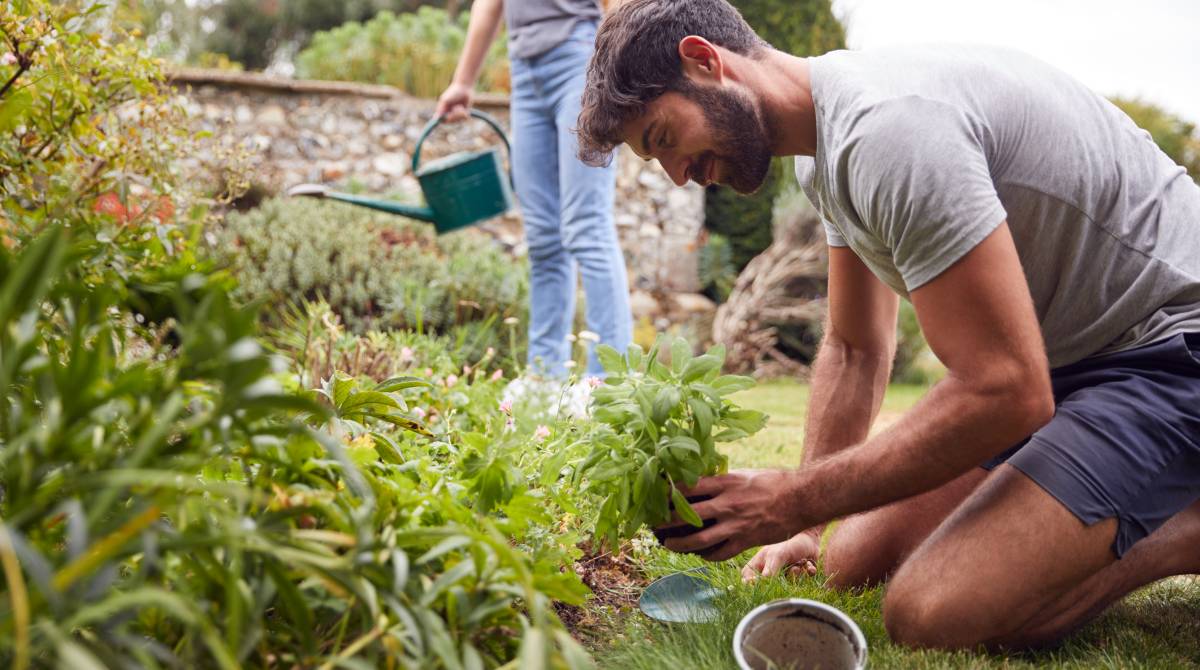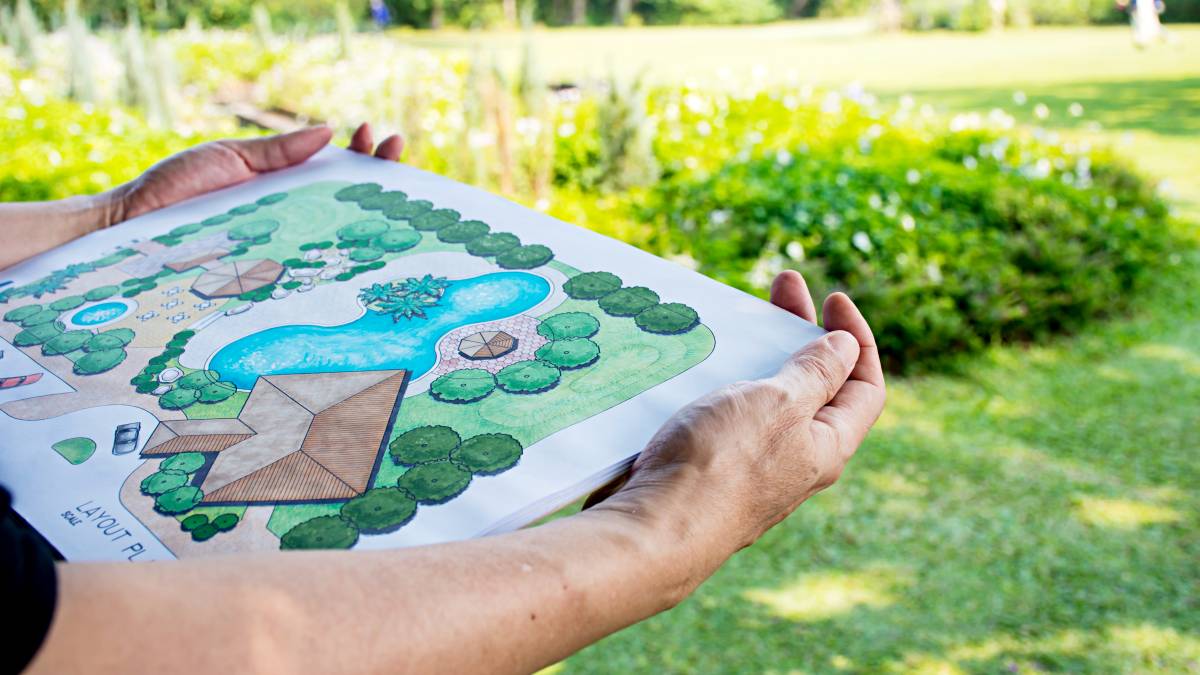- Home/
- Guides/
- Garden Planting/
- How to Propagate Plants
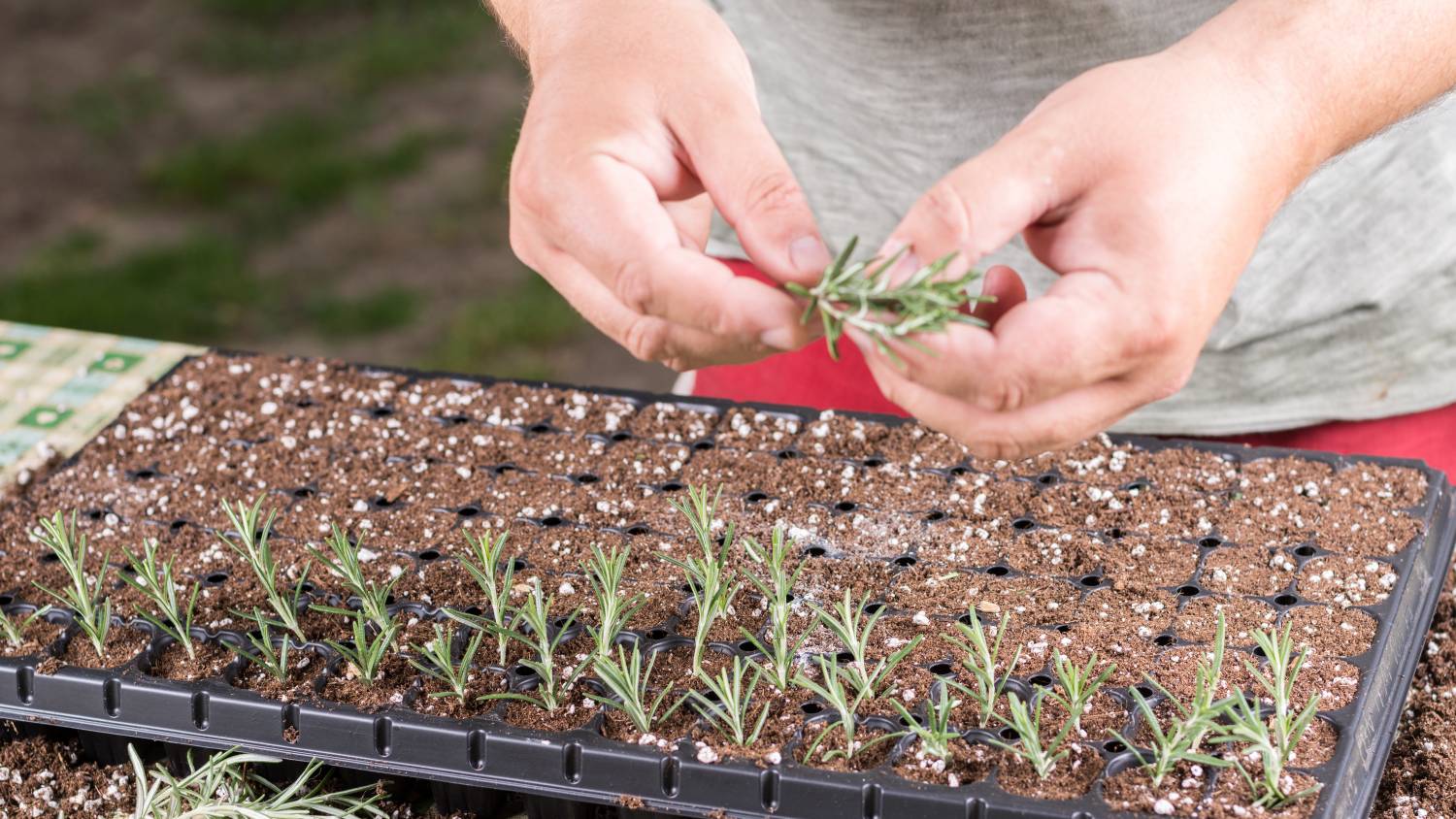
Learn how to propagate your own plants at home
Find a garden planterLast Updated on
Indoor plants are all the rage these days because not only do they boost your interior design by bringing the outside in, but they offer a range of health benefits as well. But succulents and pot plants don’t come cheap, so learning how to propagate your own cuttings is a cost-efficient way to seriously increase your plant collection.
They also make as lovely gifts for friends and family or give away to people who share the hobby while being environmentally friendly. There’s a wide range of plants available for propagation that will help give your home many shades of greens and browns.
Depending on the plant, various propagation methods will be required, but whether it’s rooting a leaf, taking a stem cutting, or growing new roots in water, this handy guide will help you significantly multiply your houseplant collection.
How to propagate Monstera
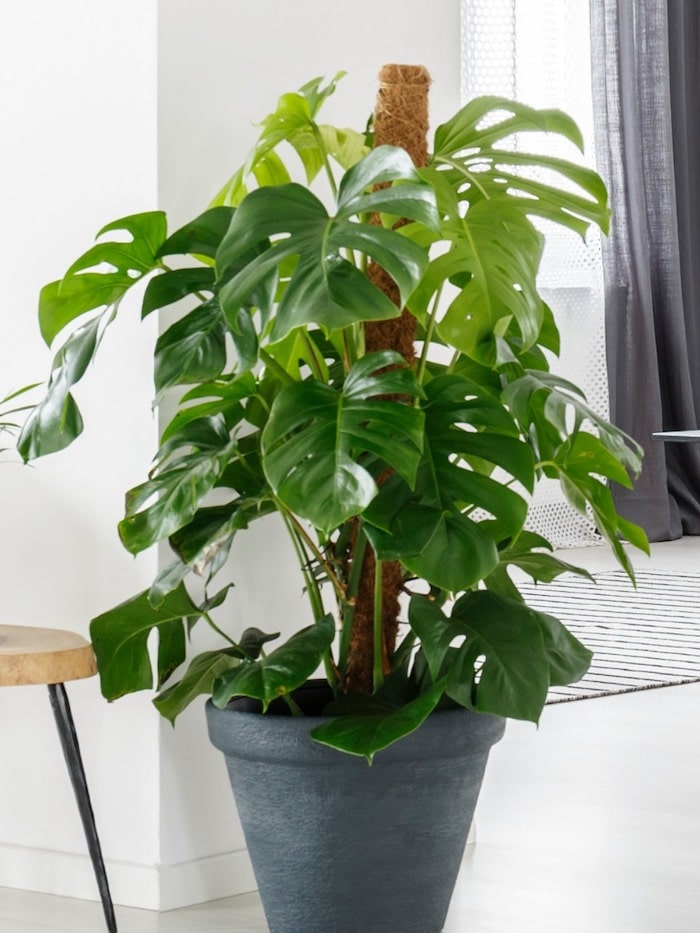
Source: Gardening Know How
A trendy plant for propagation is the Monstera, which can be done by seeds or cuttings. If taking the seed option, the plant will germinate within a few weeks, but the seedlings are slow to develop and can be challenging to come by. If you manage to procure some, the process is just like any other plant:
- Covering the seeds with a thin layer of soil
- Keep them moist
- Steer clear of too much light
If taking the more common option of stem cuttings, you can root them in water first or put them straight into the soil. Take the cutting just after the leaf node then leave them in water for a few weeks before moving them to a pot.
| See also: Potting soil or potting mix: Which is better for your plants? |
How to propagate succulents
Another popular plant to propagate is succulents, which are easy to both take care of and propagate. Most succulents can be propagated with either a leaf or cutting.
- If starting with a leaf gently twist the leaf off the stem;
- For a cutting, use sharp scissors or pruning shears, and cut just above a leaf on the stem.
- Once you’ve taken your cutting or leaf
- Let it dry out for one to three days until it scabs over
- For leaves, set them on top of the soil and water them each time the soil dries out
- Cuttings, on the other hand, need to be put in the actual soil. Once planted, water them each time you notice the soil is dry
The time of year, type of succulent, and temperature of your area will determine how long your new plants will take to propagate.
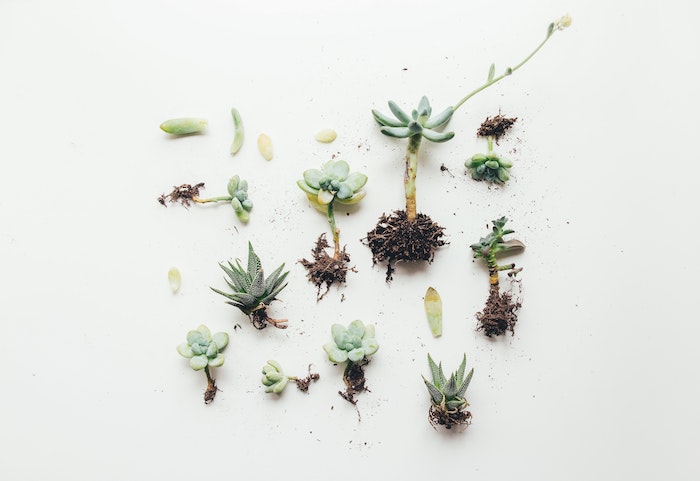
Source: corinnekutz
How to propagate lavender
The easiest way to propagate lavender is with cuttings, preferably taken after flowering while giving your existing plant a light trim. They will take at least a year to be ready to plant out, but this is the perfect timing to replace your old plants.
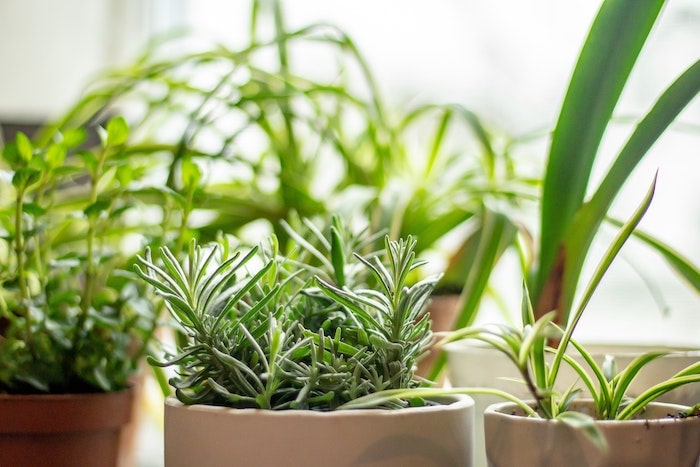
Source: bonniekdesign
To propagate lavender:
- Choose nonflowering shoots that have a woody base with a soft, green tip and pull a 10cm shoot, ensuring it has a strip of bark attached
- Remove the leaves at the bottom of the cutting
- Place it in a pot with seed raising mix
- Firm the cuttings into your mix with a bit of water and keep them in cool or cold areas
- Cover the pot with a clear plastic bag that has been secured around the rim with an elastic band
How to propagate bamboo in water
You can grow bamboo from cuttings in water:
- Take a 10-inch long cutting from new growth. Aim for one that has at least two nodes and two internodes and ensure that you cut in a 45-degree angle
- Dip the end of the cuttings in melted wax
- Place them in water
- Keep them in a well-lit location for a few weeks
- Make sure you change the water every few days
- Then move your bamboo a pot as soon as it has roots that are roughly two inches long
- Fill the pot with a potting mix and plant the cutting at a 1-inch depth. You can tie your bamboo to a stick to give it some support as well
How to propagate rosemary from a cutting
Cuttings are the easiest way to propagate rosemary and it’s best to do this in the springtime.
- Take a 2- to 3-inch cutting taken from the softwood on the plant
- Remove the leaves from the bottom two-thirds, leaving five or six of them
- Place the cutting in a well-draining pot
- Cover with a plastic bag to retain moisture
- Keep them in indirect light
- Remove the plastic when you see new growth
| See also: How to grow a herb garden on your balcony |
How to propagate cactus pads
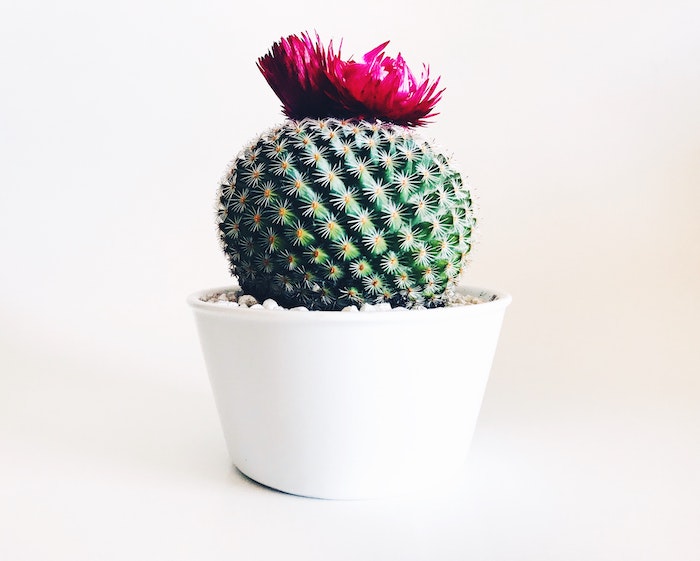 Source: stephanieharvey
Source: stephanieharvey
- Start by removing a cactus pad from the main plant.
- Allow the end has callous over then fill a pot with soil.
- Lay the cactus pads flat on top of the soil
- Soak the soil keeping it moist for a couple of weeks to encourage the roots to grow quickly.
Roots can range from a few days to several weeks to form, but more frequent watering will help roots grow faster. When a suitable root system forms, you can cut back on watering, then plant them upright in soil, and away you go!
Tip: Make sure you use gloves and grab a cactus pad with tongs to break it off of the main plant.
How to propagate Devils Ivy
One of the easiest plants to propagate that returns excellent results is the Devils Ivy. To encourage the spread of this hanging beauty in your home, simply:
- Snip (at an angle) a small length of a stem from under the woody protrusions of the leaves
- Place the cutting in a glass jar with the roots (not leaves) sitting in water
- Give your new growth some partial sun
- Leave it for about two weeks until you see protruding roots
- Transfer your new plant into moist potting soil
You’ll soon have one of the most Instagrammable plants there is – Congrats!

Source: Tim Chow
Propagating multi-stemmed houseplants
When it comes to the Rhizome Division:
- Remove the plant and gingerly encourage it to pull apart (you can also use a knife to cut the plant in half if it doesn’t naturally divide)
- Ensure there are some roots, stems, and leaves in each division and pot the plant in moist potting soil
- Let it sit in indirect light
- Provide even moisture for about two weeks, at which point you should see some changes and evolution!
☞ Learn more: Gardening tips
Need a little help making your indoor garden flourish?
If your thumb is not yet as green as you would like, but you still want your indoor forest to grow, enlist the help of a gardening expert who can help you with both garden planting and garden maintenance to ensure you are surrounded by greenery all the time!
If, on the other hand, you are determined to increase your own gardening skills, have a read of our blogs that explain how to start your vegetable garden, and the best planter boxes to foster your plant collection!
FAQs about propagating plants
Many plants can grow in water very easily, which offers fewer disease issues compared to soil propagation. Clean water avoids fungal issues, and other problems if changed frequently, and once your plants develop a full, healthy root system, you will be able to move them to the soil so they can continue to flourish. Rooting takes place in 2 to 6 weeks, and some of the best plants to grow in water include: Herbs such as mint, basil, and sage Tropical and sub-tropical houseplants Pothos Swedish ivy Fiddle leaf fig Baby’s tears Devil’s ivy Impatiens Coleus Grape ivy African violet Christmas cactus Polka dot plant Begonia Creeping fig
Most cuttings will land anywhere between the two to six-week mark to develop a healthy rooting system. At this point, they are appropriate for transference to water. This will vary based on the type of plant you are propagating, the time of year, and the conditions the plant lives in. Luckily, their development is obvious, so you will know when the time is right!
Propagating plants from cuttings is very easy with the ability to place the cutting in water to form roots then transplanting into soil. Different methods are required based on the plant type, however, in most cases, only a small amount of time is required to ensure they survive and thrive. As with anything, it’s all trial and error. The following plants are some of the easiest to propagate: Pothos Devil’s Ivy Tradescantia Umbrella plant African violets Rosemary Philodendron Prayer plant
Some indoor plants are much more difficult to clone than others. Variegated selections can be the most challenging as they are a mutation that has a somewhat unreliable level of stability. Other plants that are difficult to propagate include the sickly plant and the Calathea Ornata, which is very sensitive to temperature fluctuations and not well suited to thrive in indoor conditions.
Find garden planters, fast
Find a garden planter
Related articles
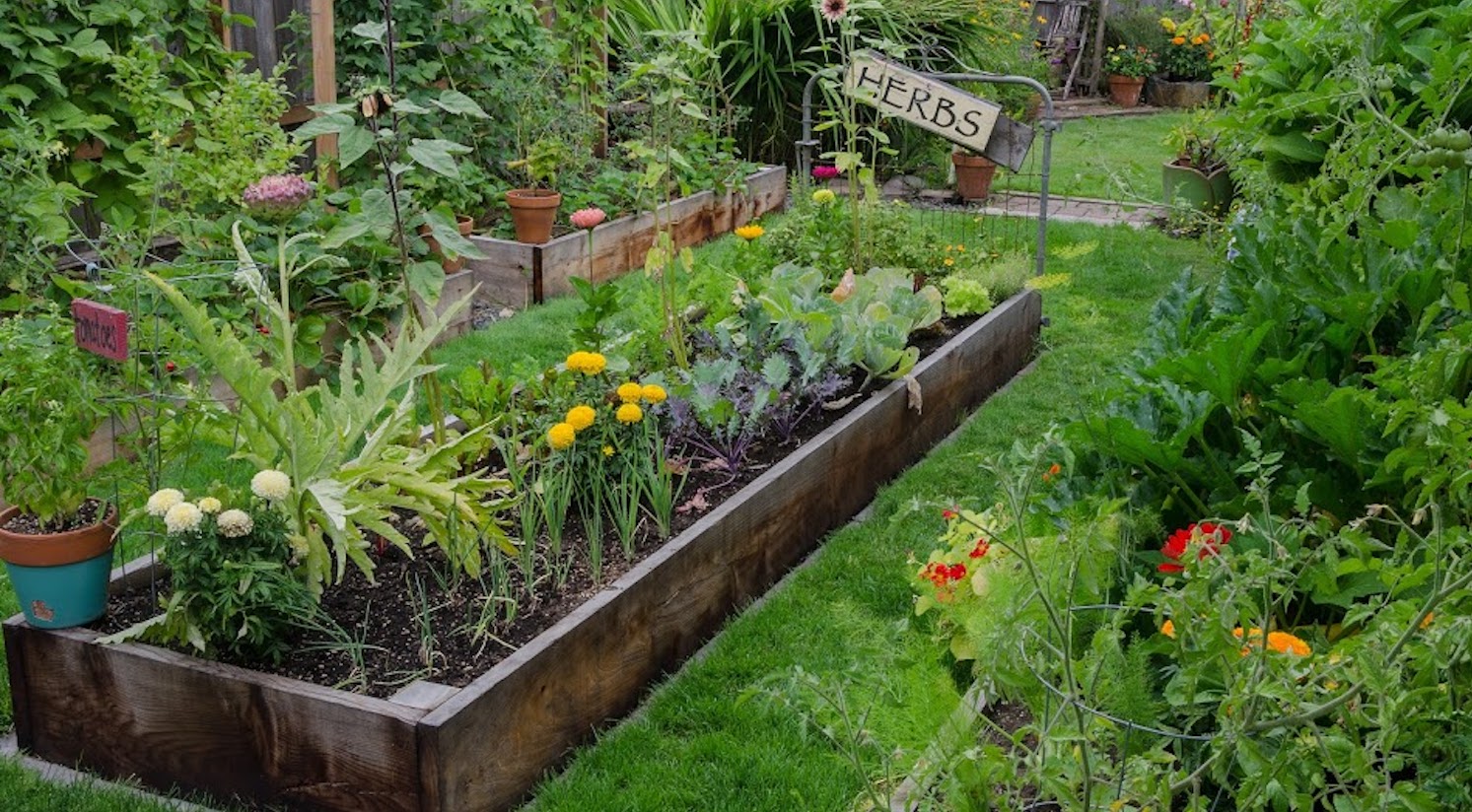
How to build a raised garden bed
Read more
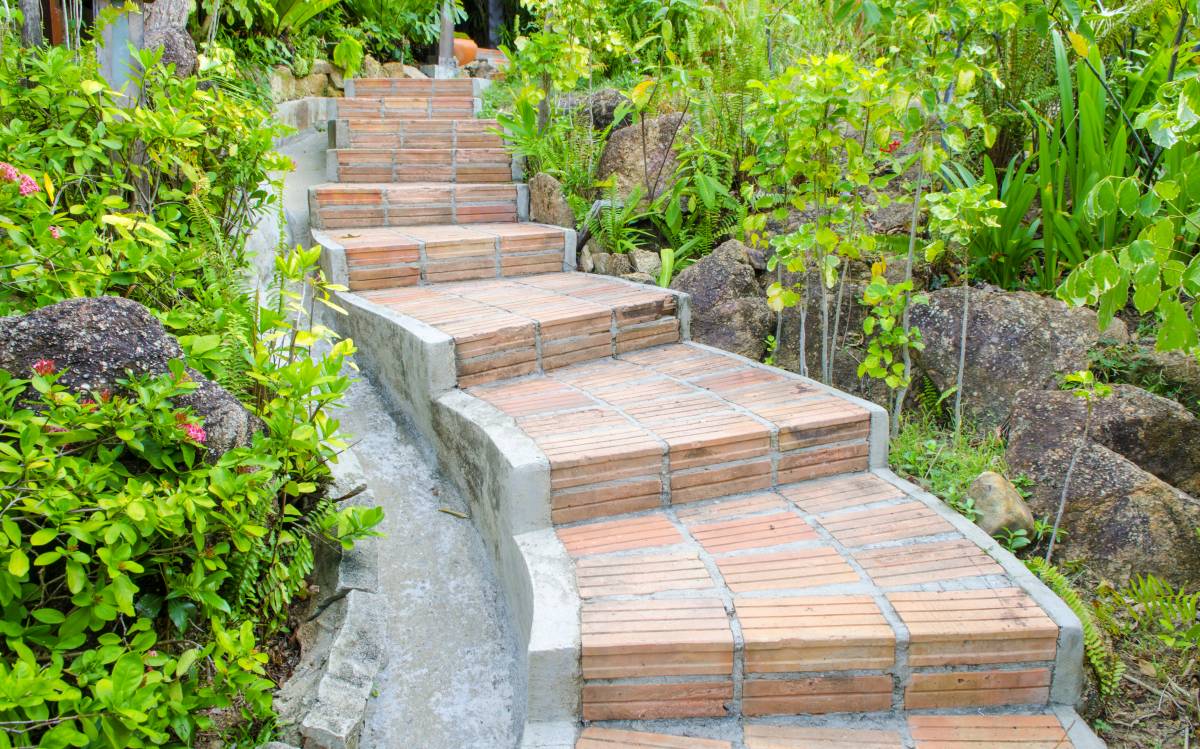
How to build garden steps
Read more
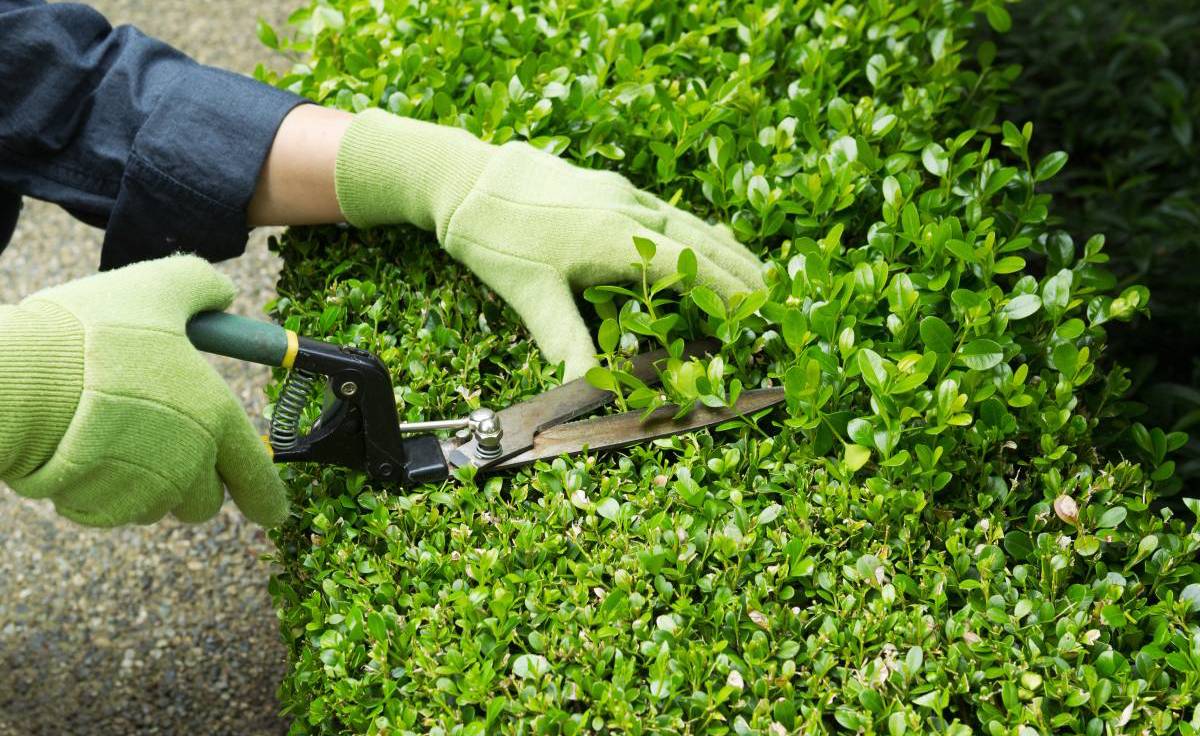
How to trim bushes the right way
Read more

13 best spring gardening tips
Read more
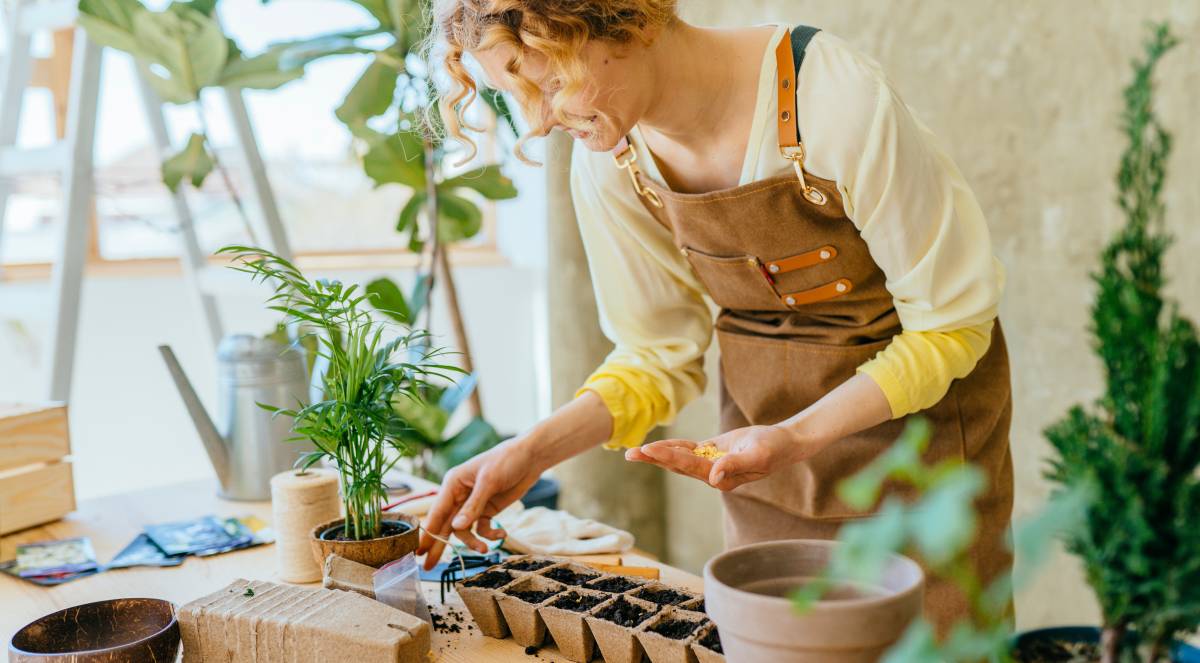
25 ways to make money gardening
Read more
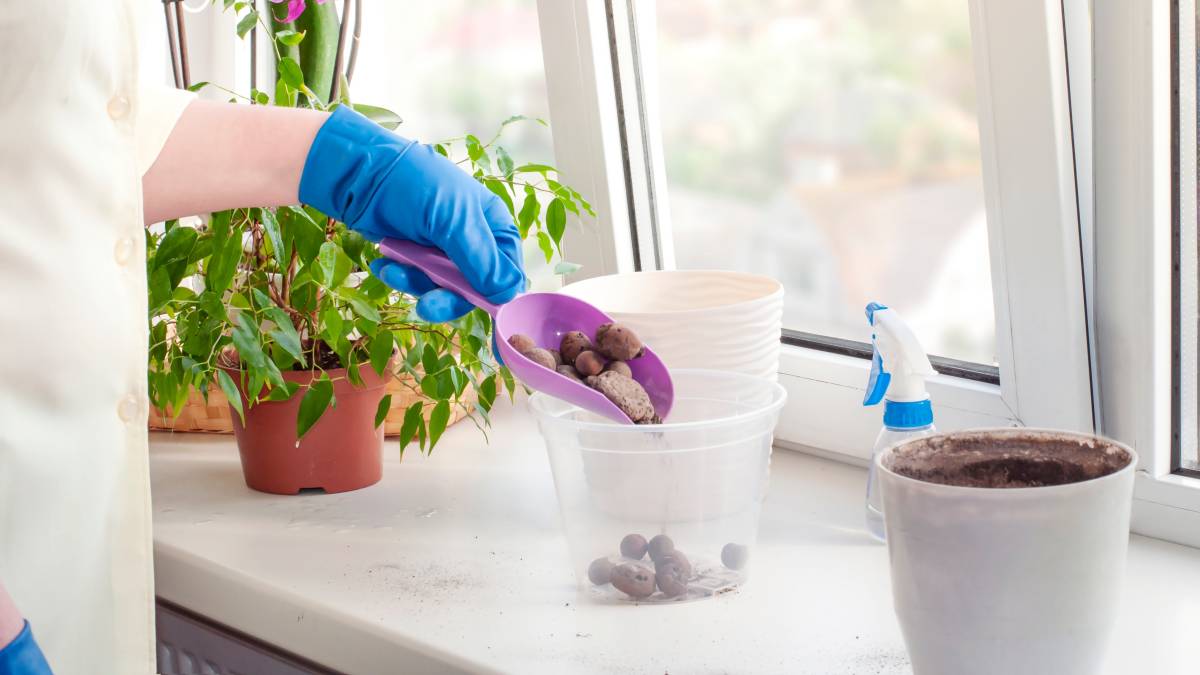
36 Quirky plant pot ideas you’ll love
Read more
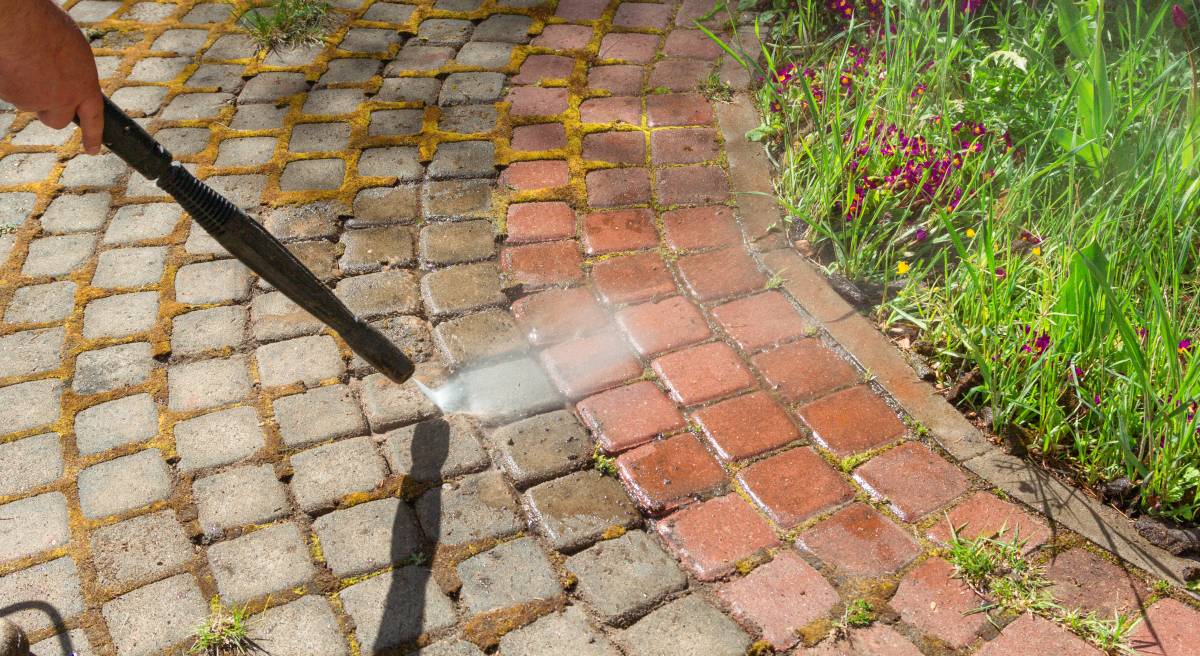
How to clean landscape rocks
Read more
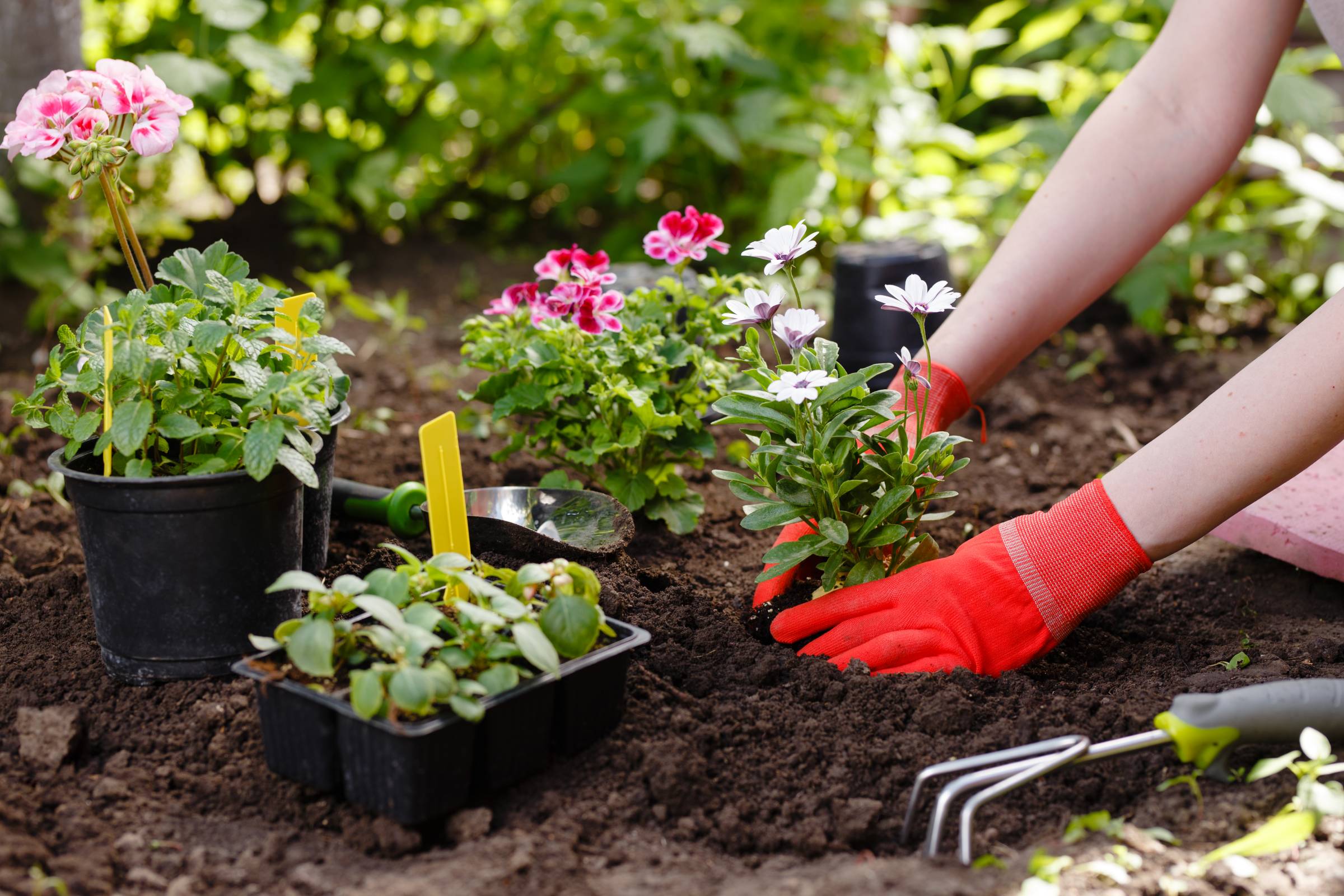
Your garden maintenance checklist
Read more
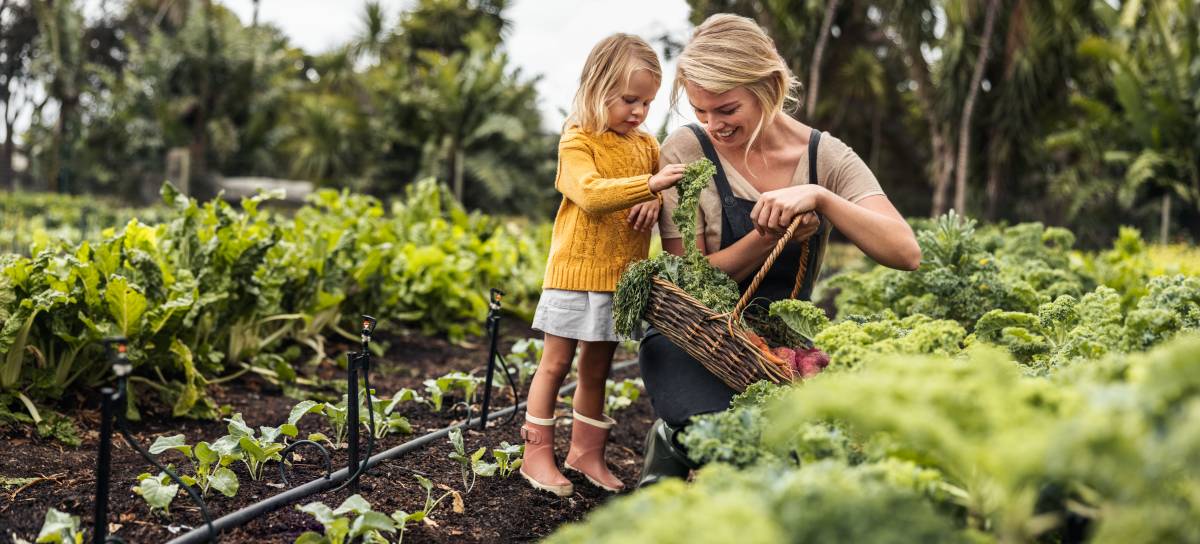
How to Start a Vegetable Garden
Read more
Related price guides
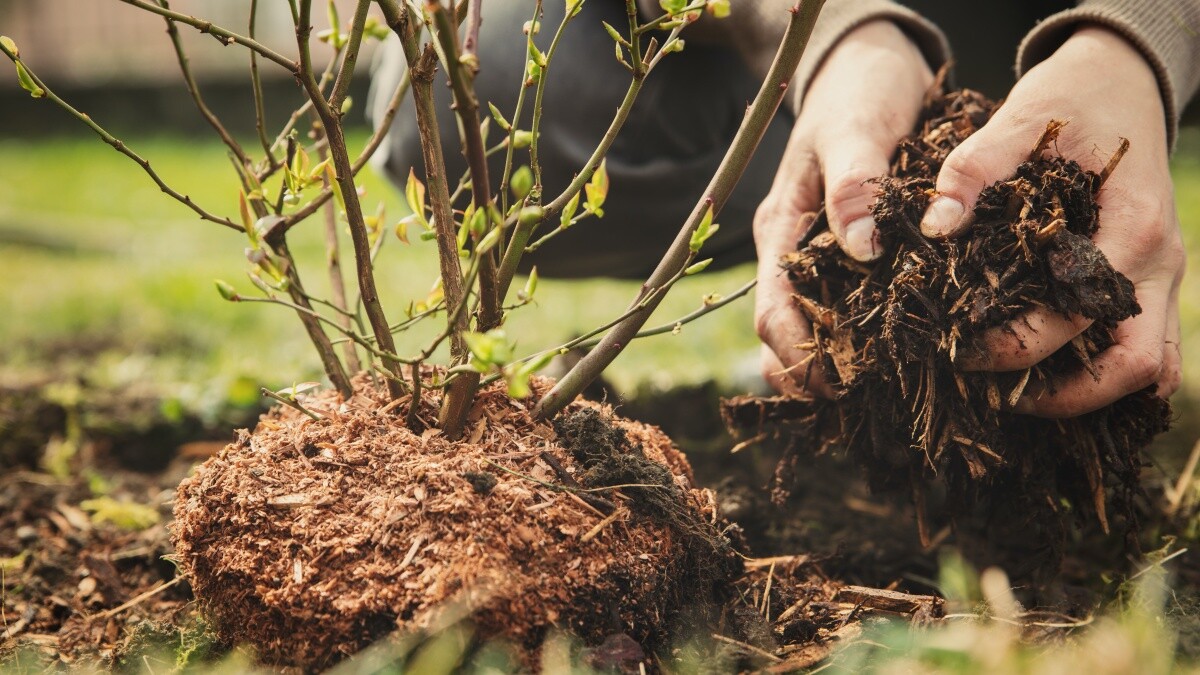
How much does mulch cost?
Read more
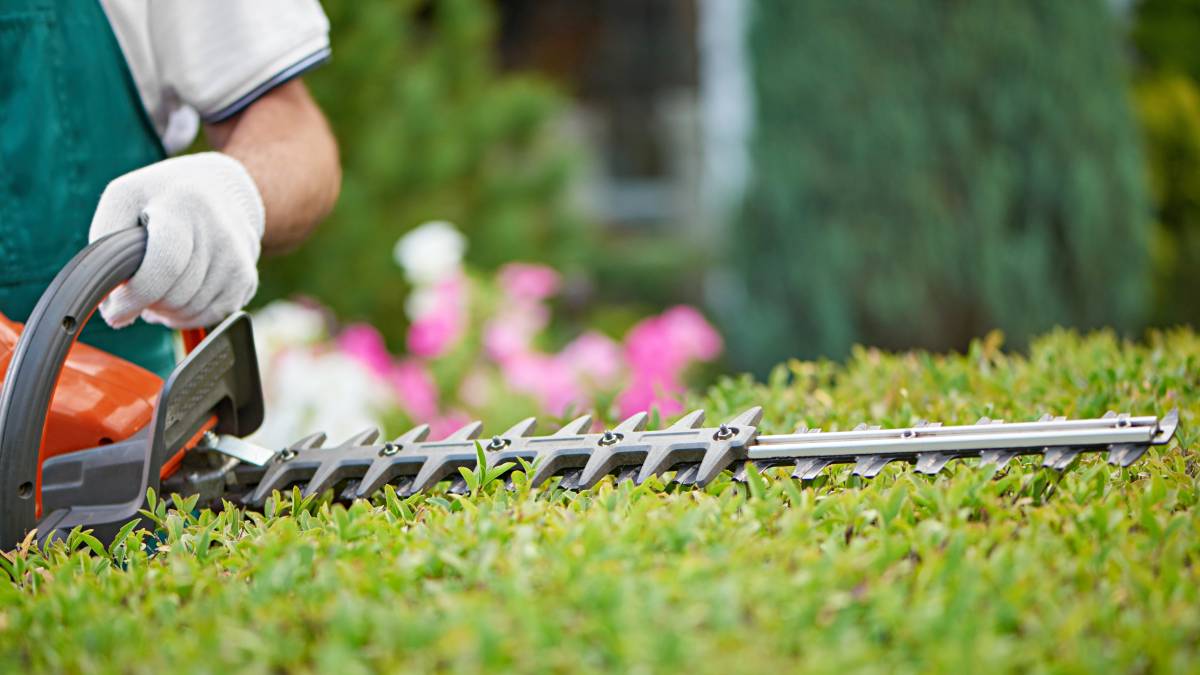
How much does hedge removal cost?
Read more

How much does a garden room cost?
Read more
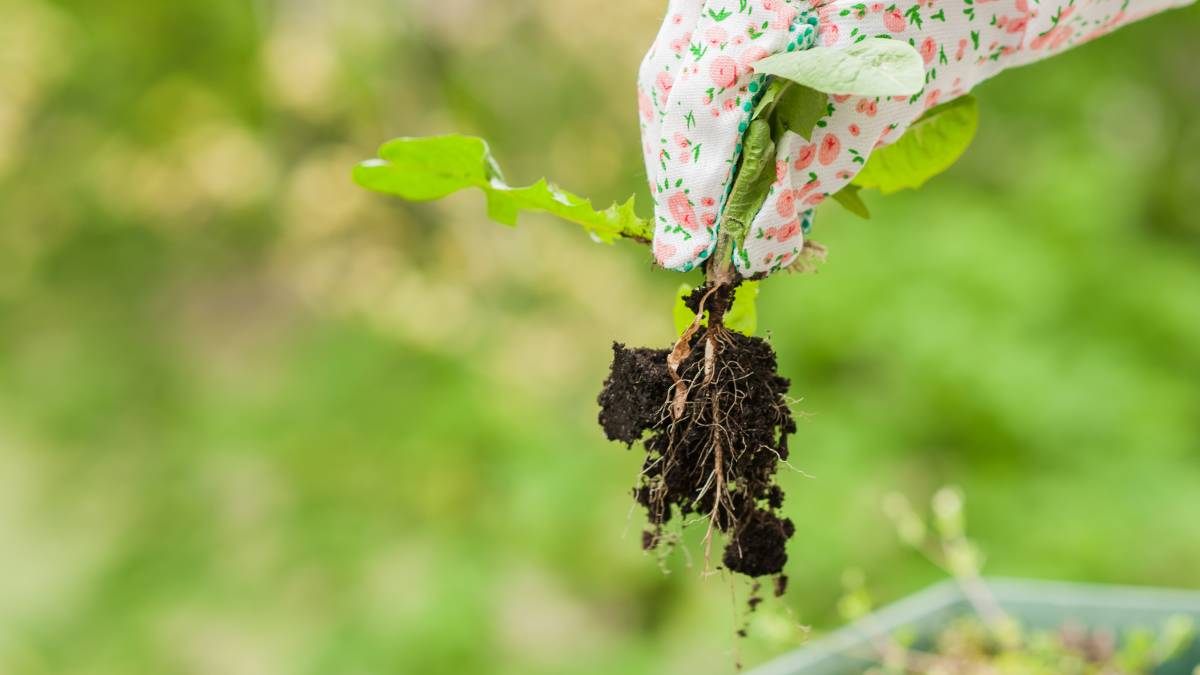
How much does weeding cost?
Read more
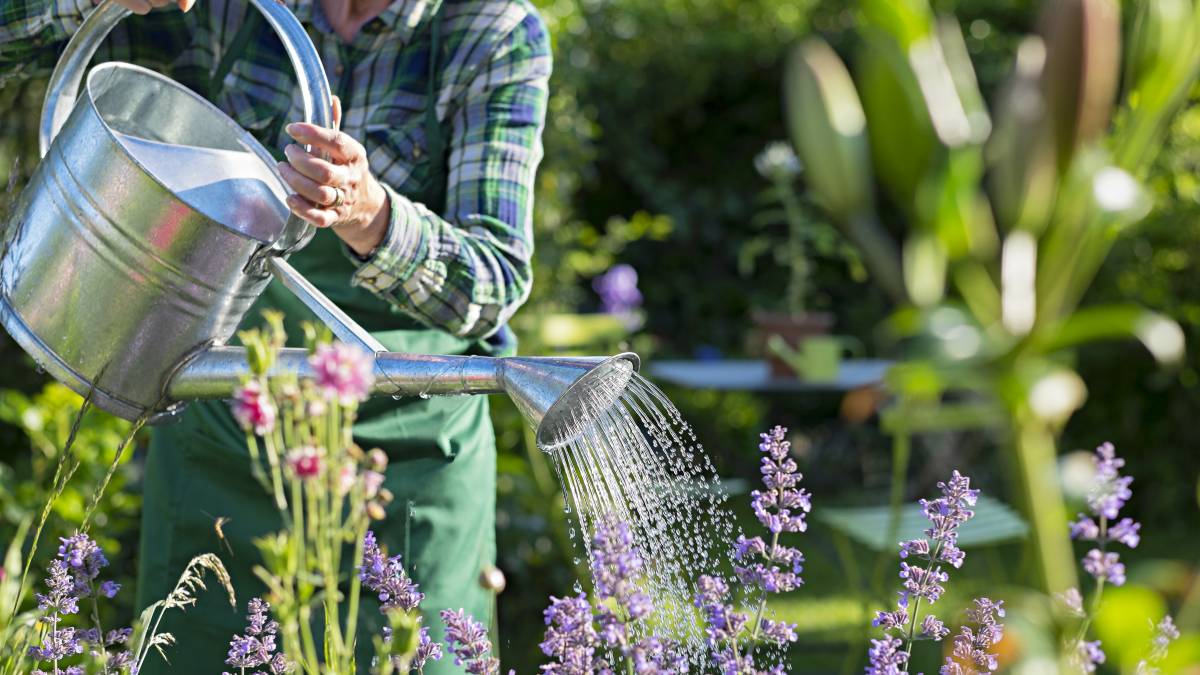
How much does a gardener cost?
Read more
